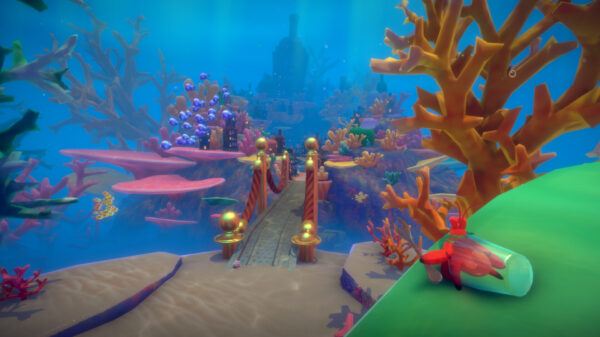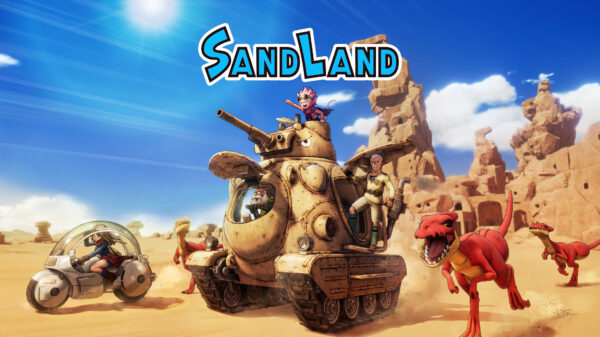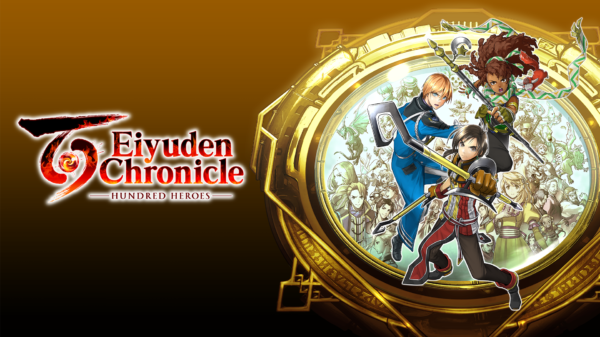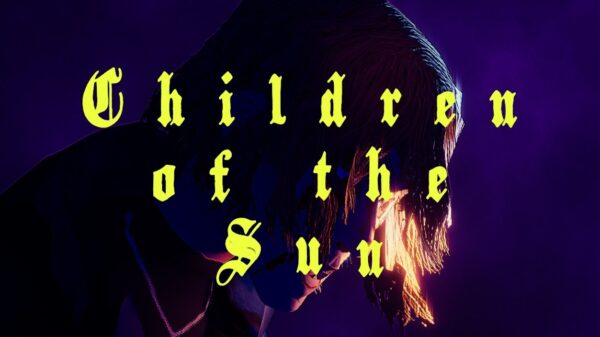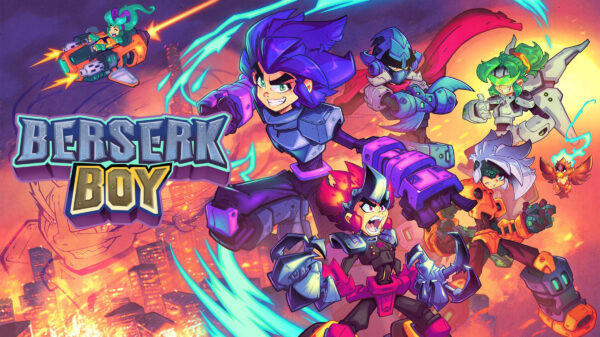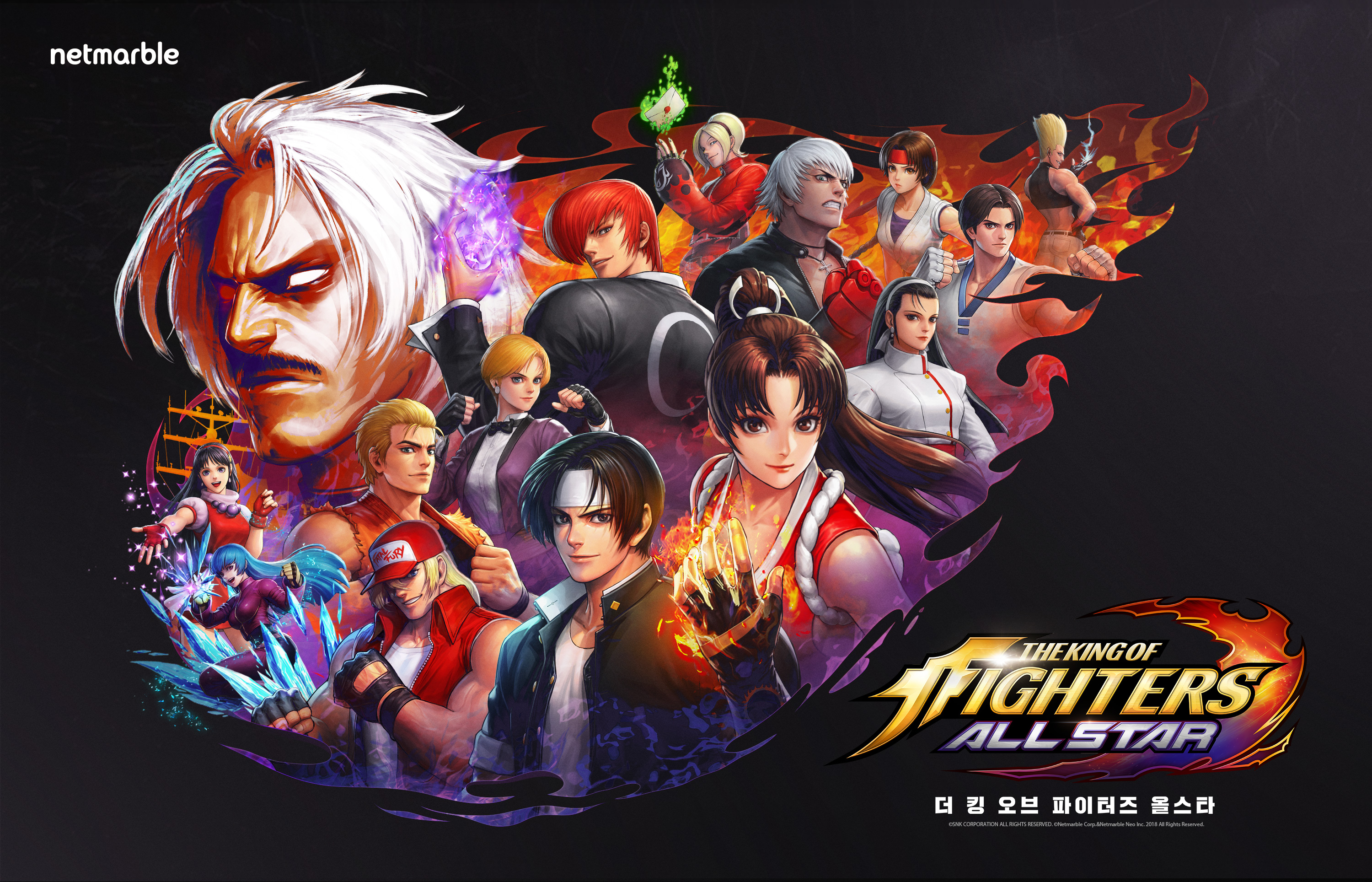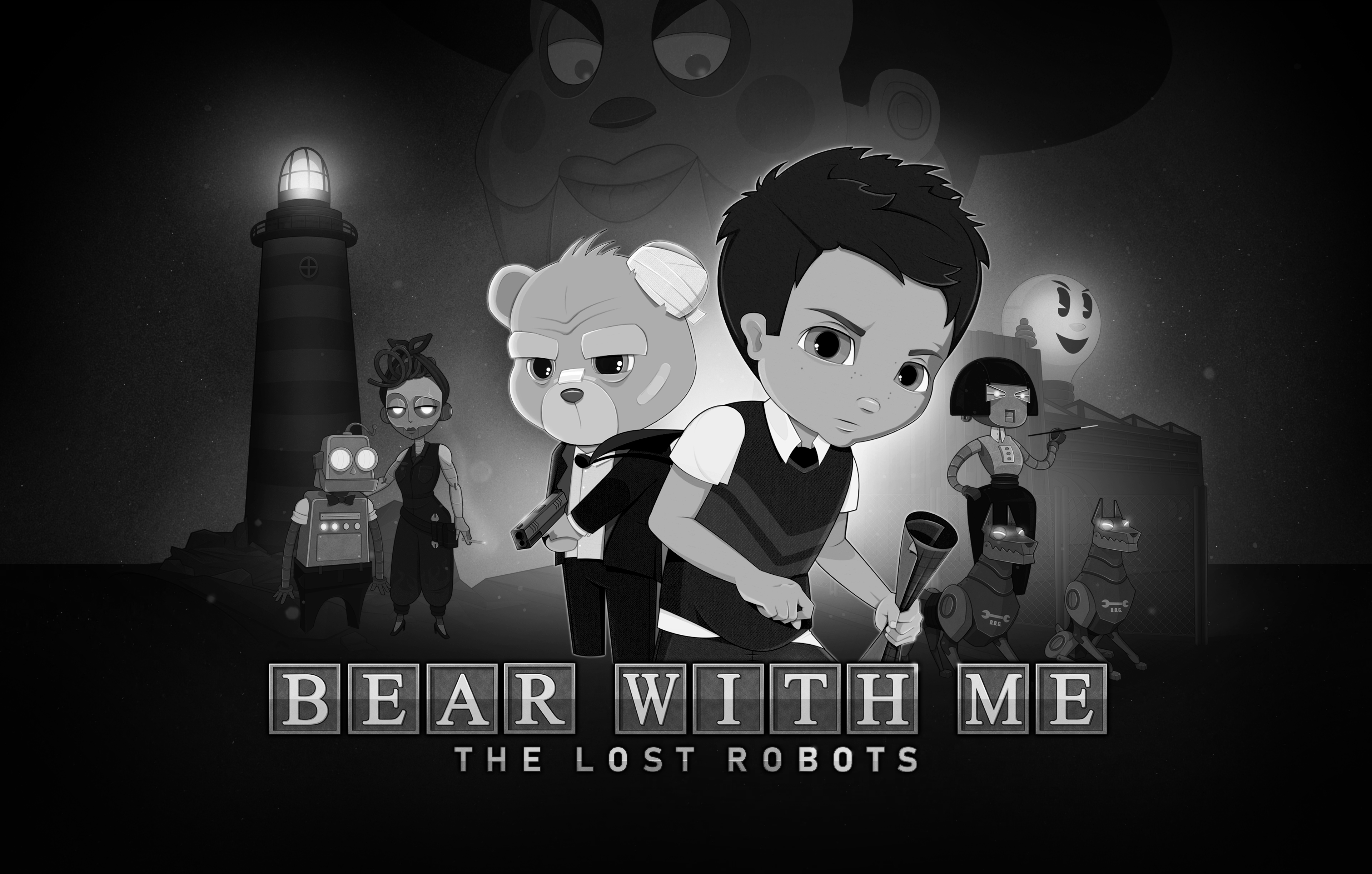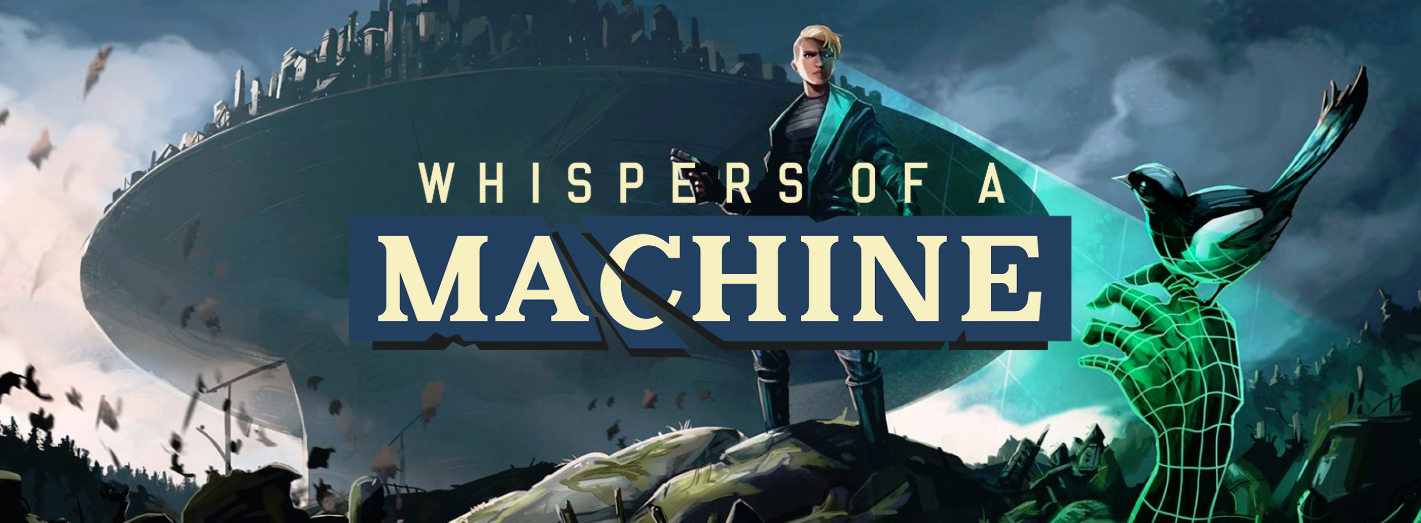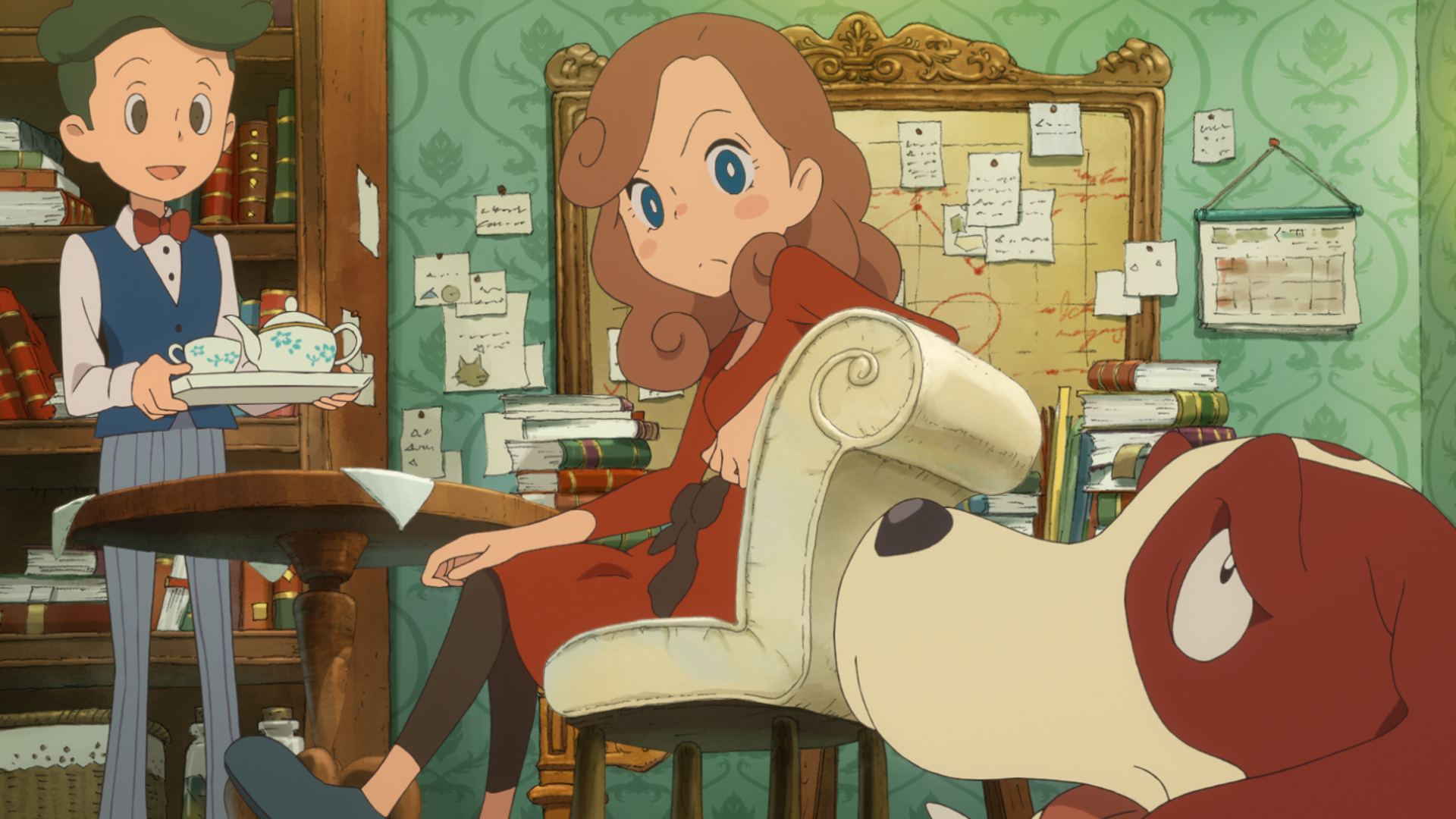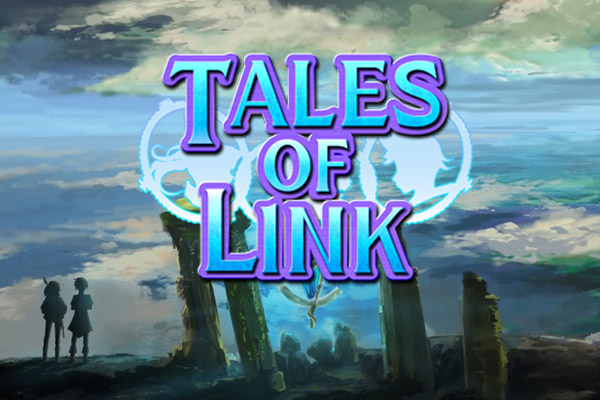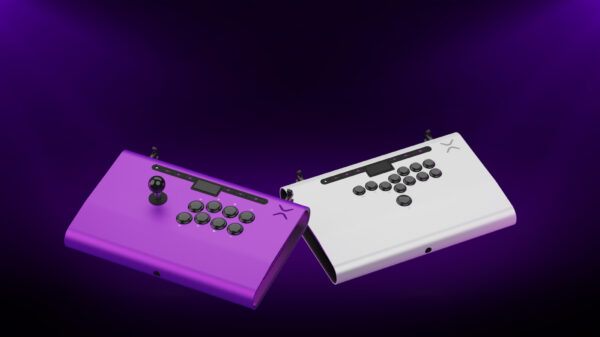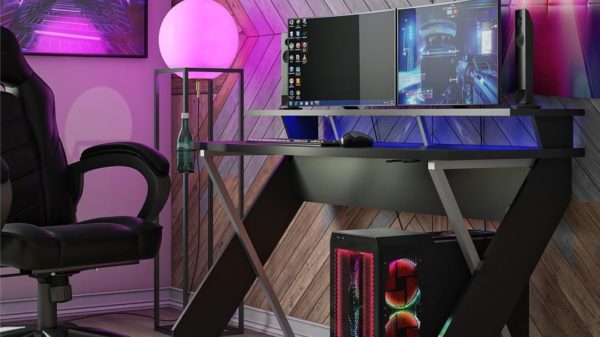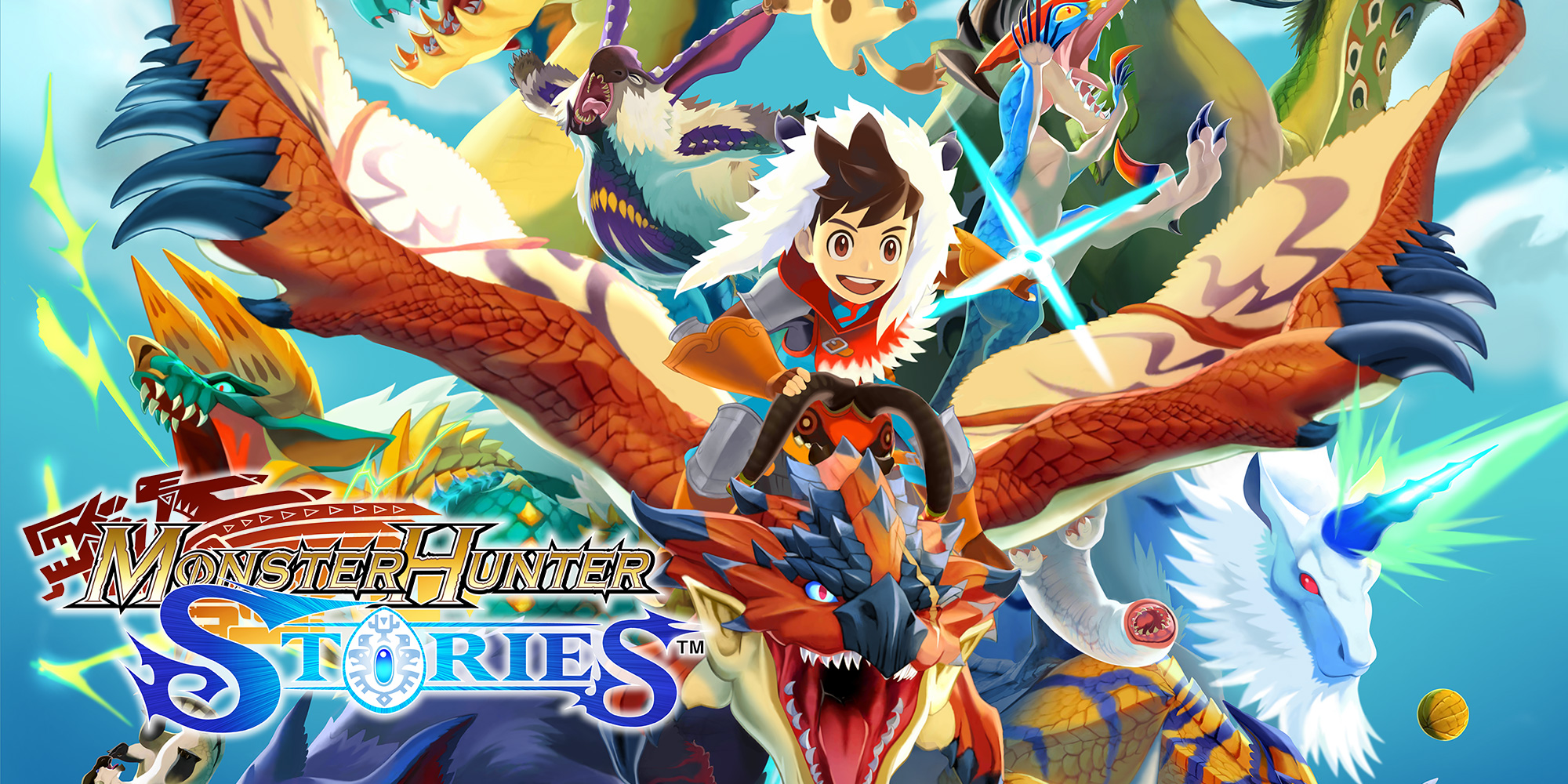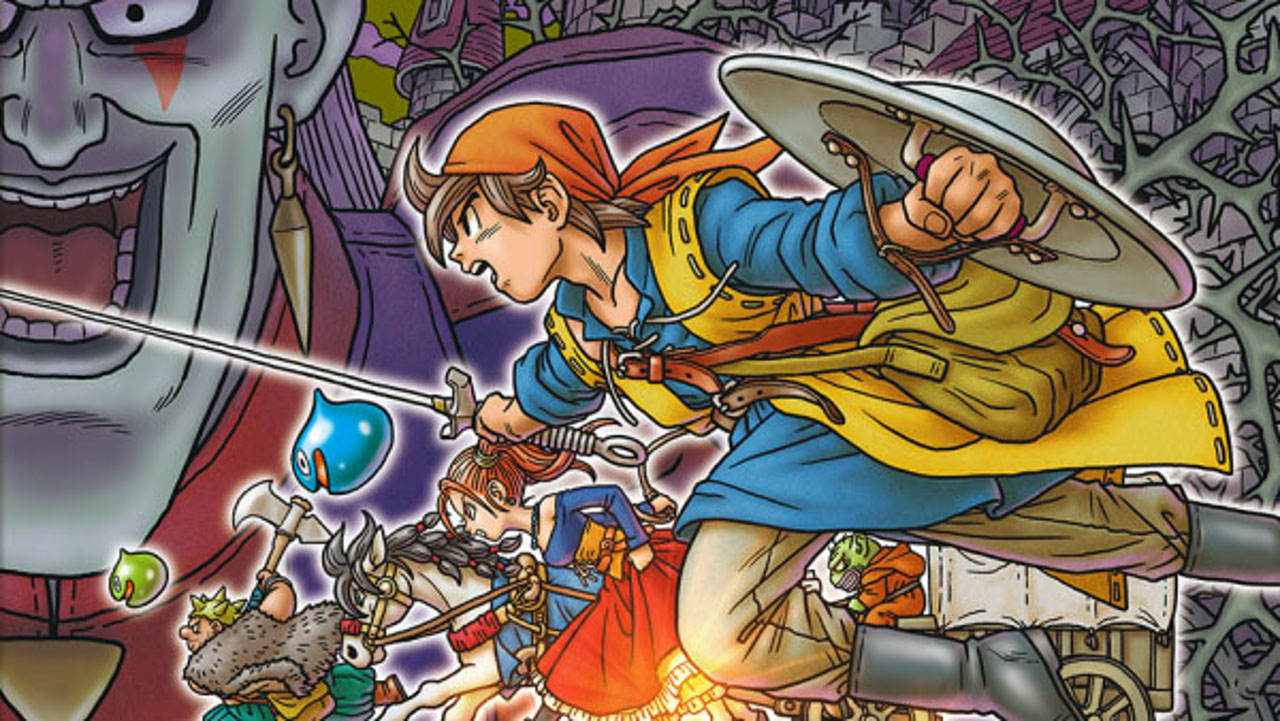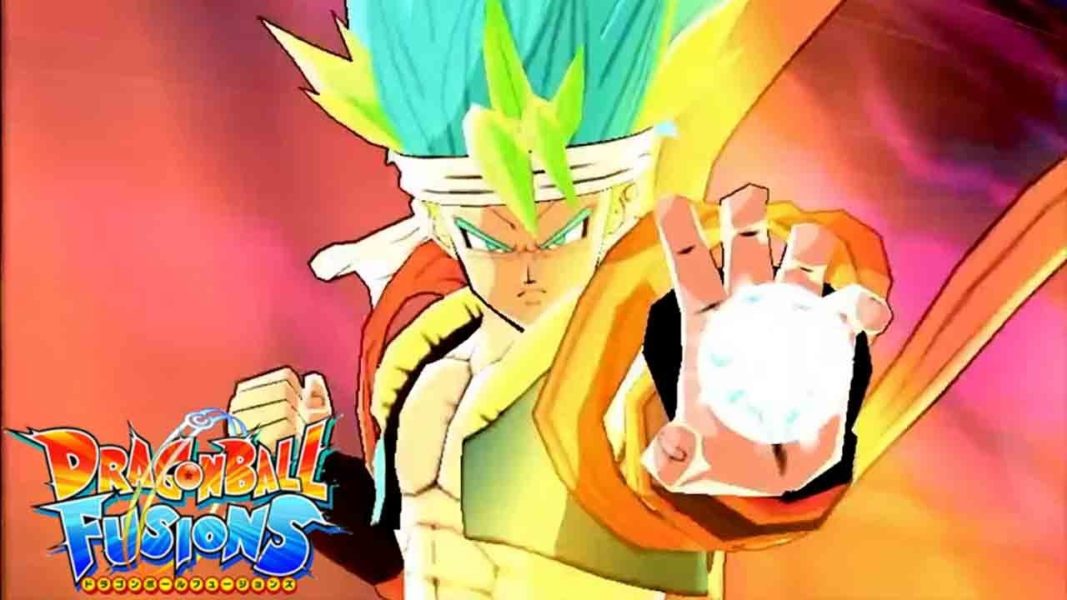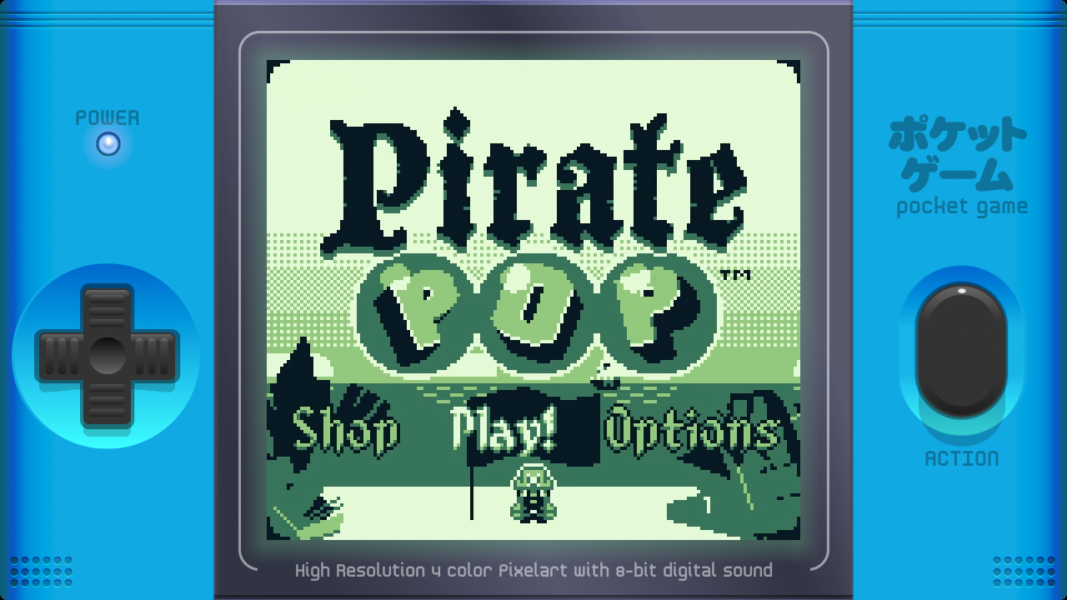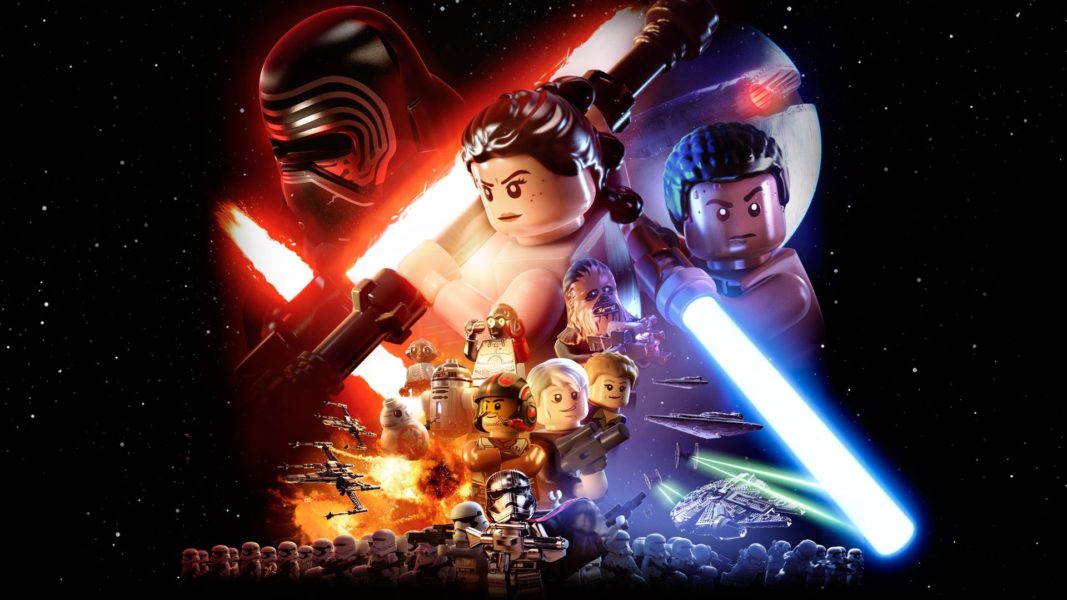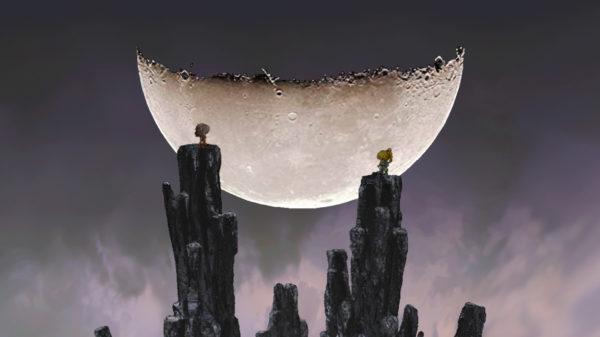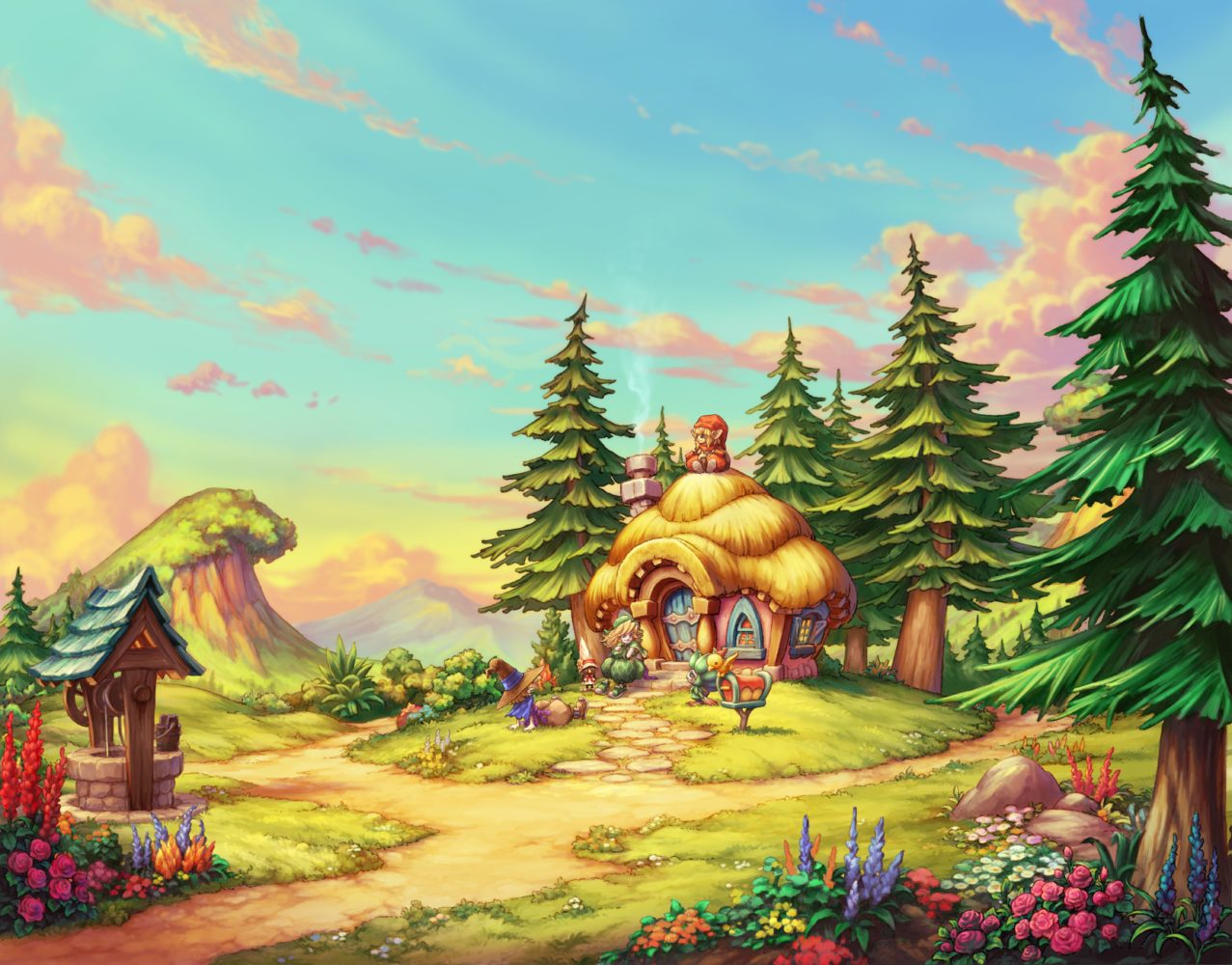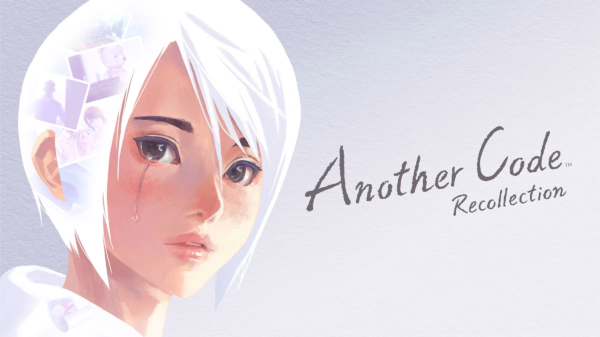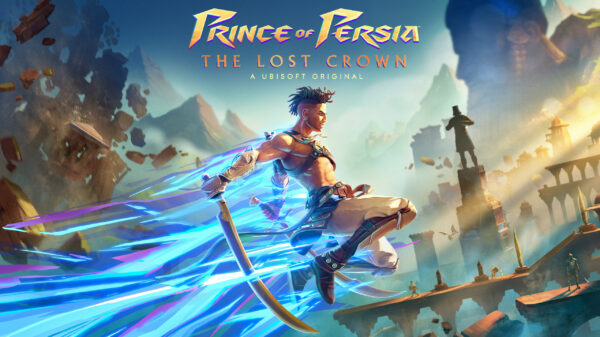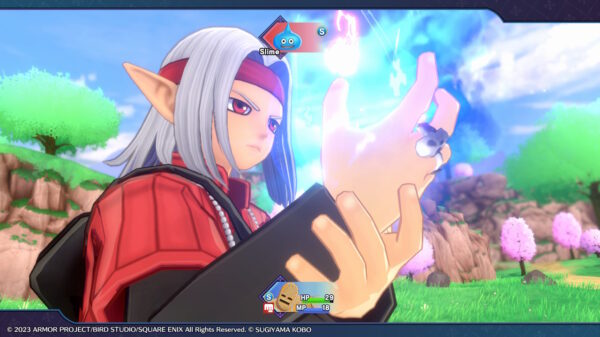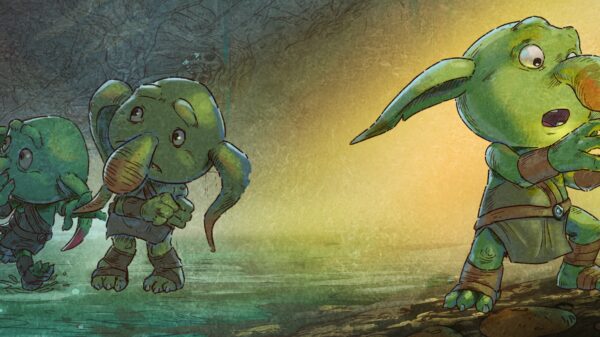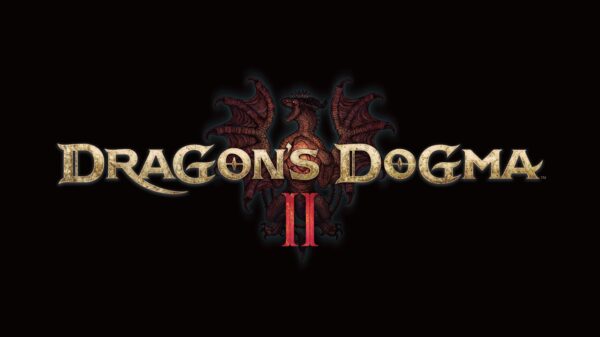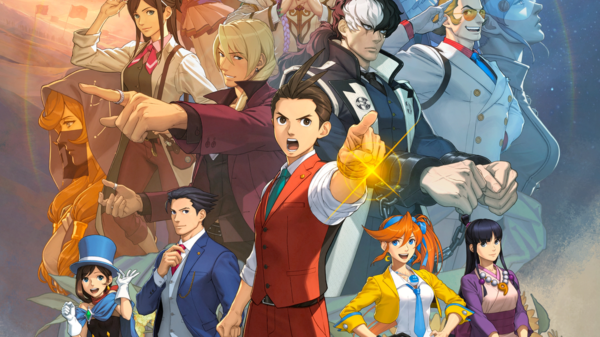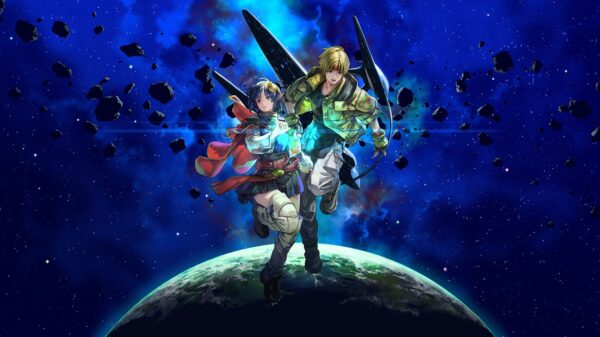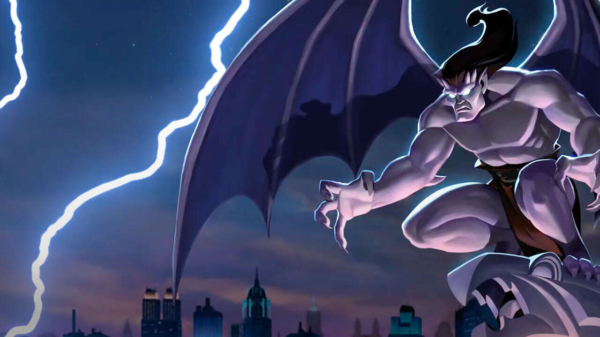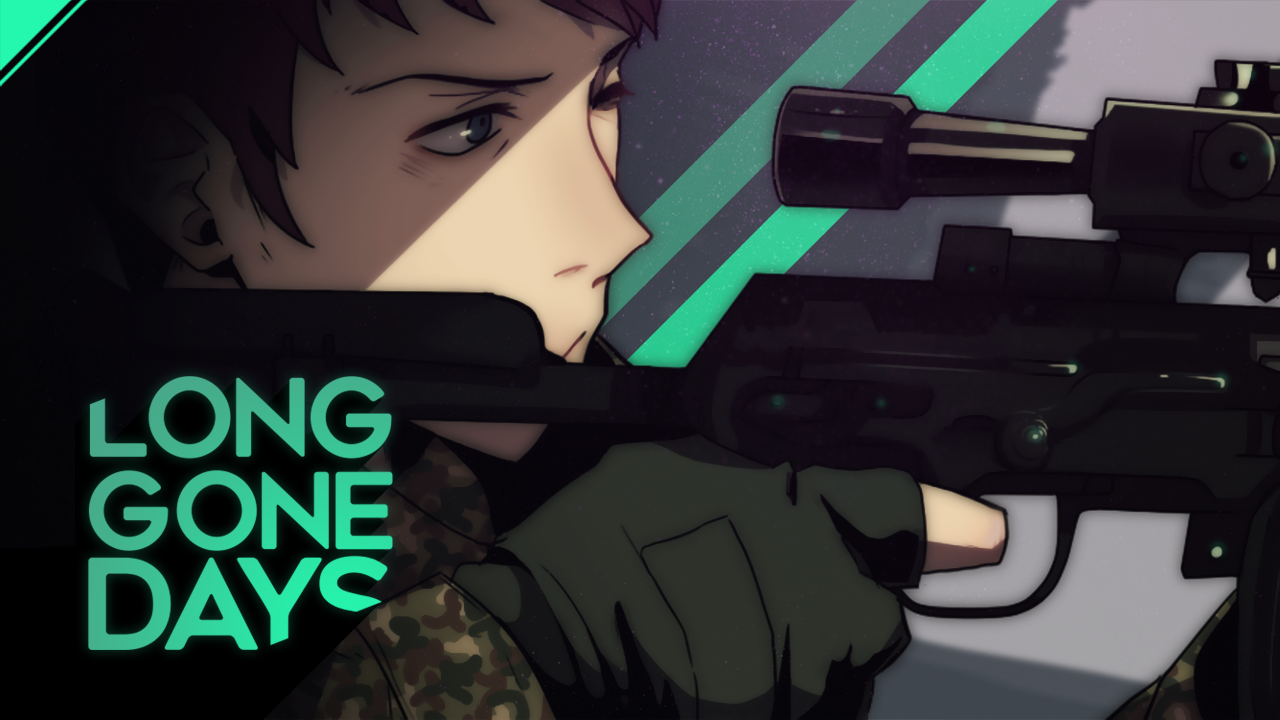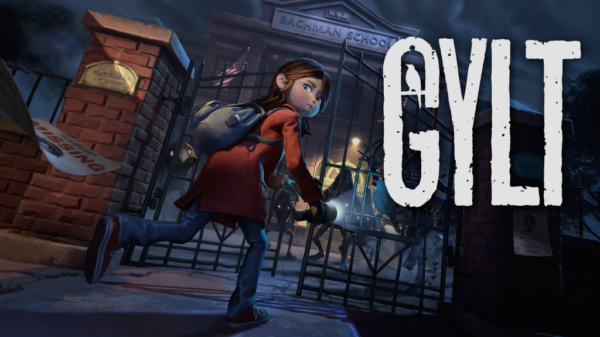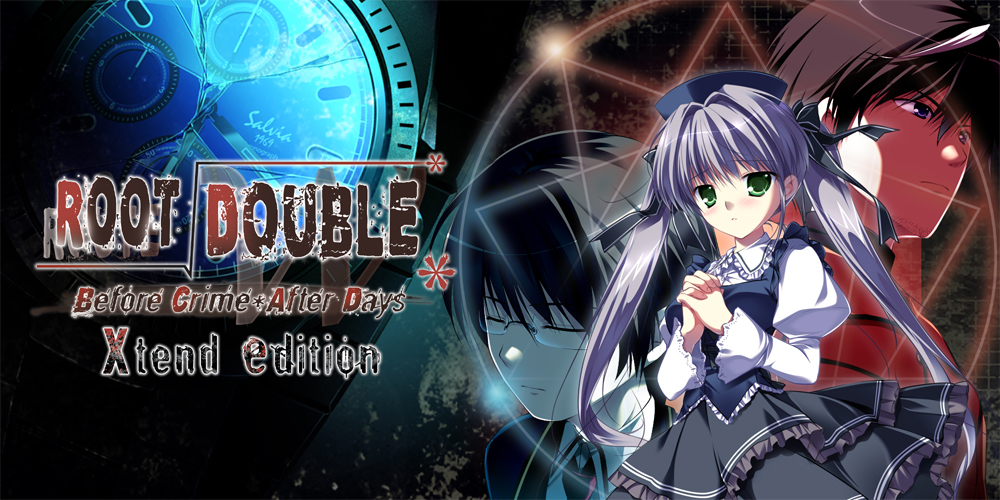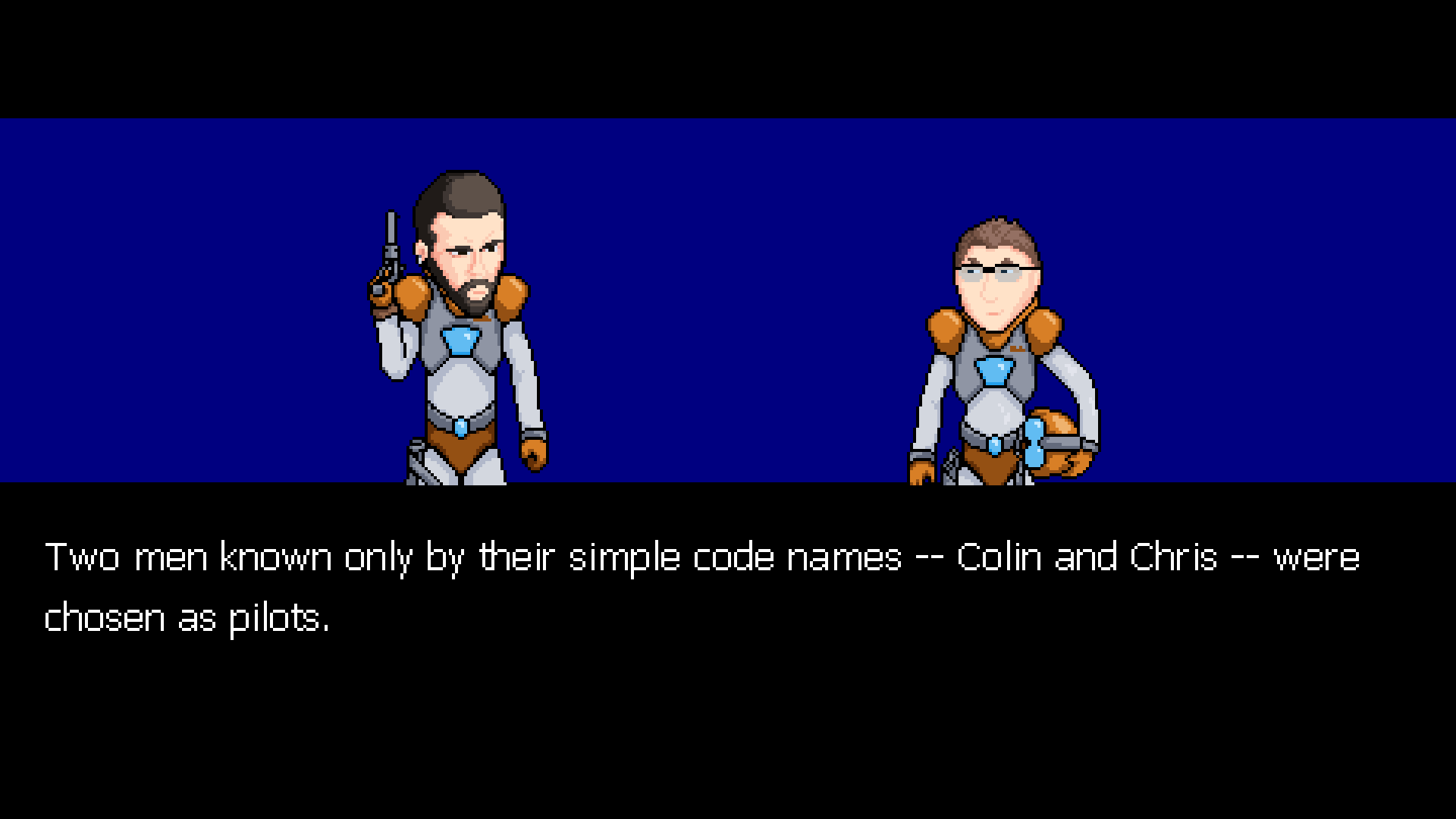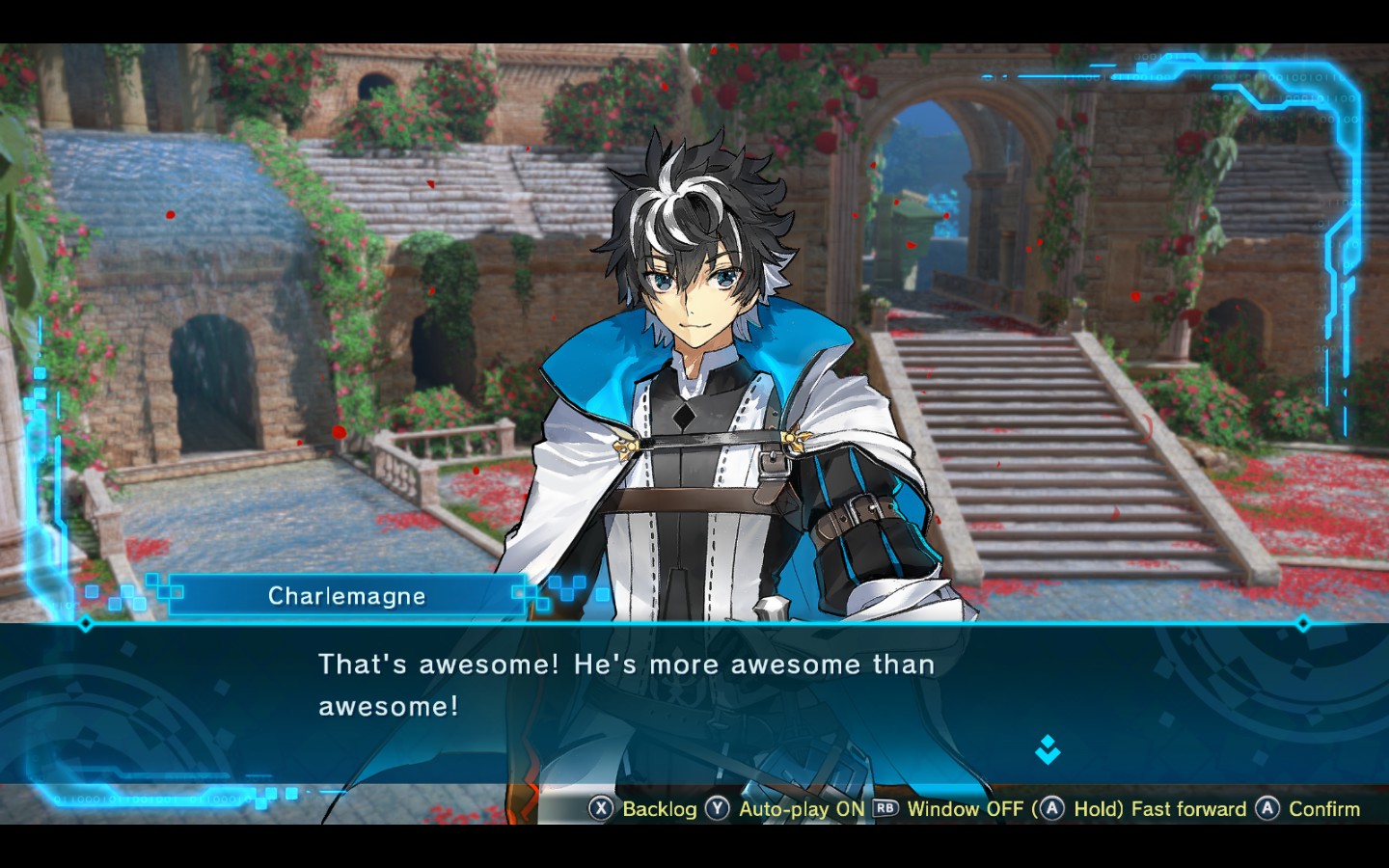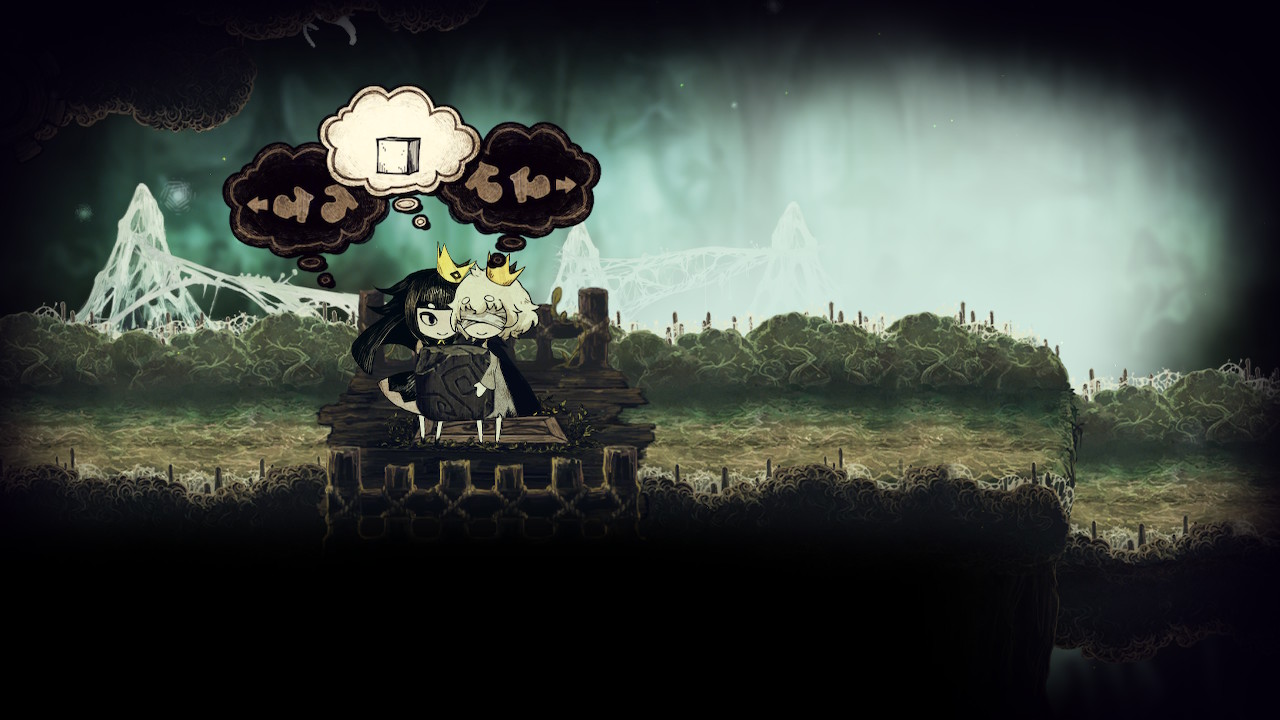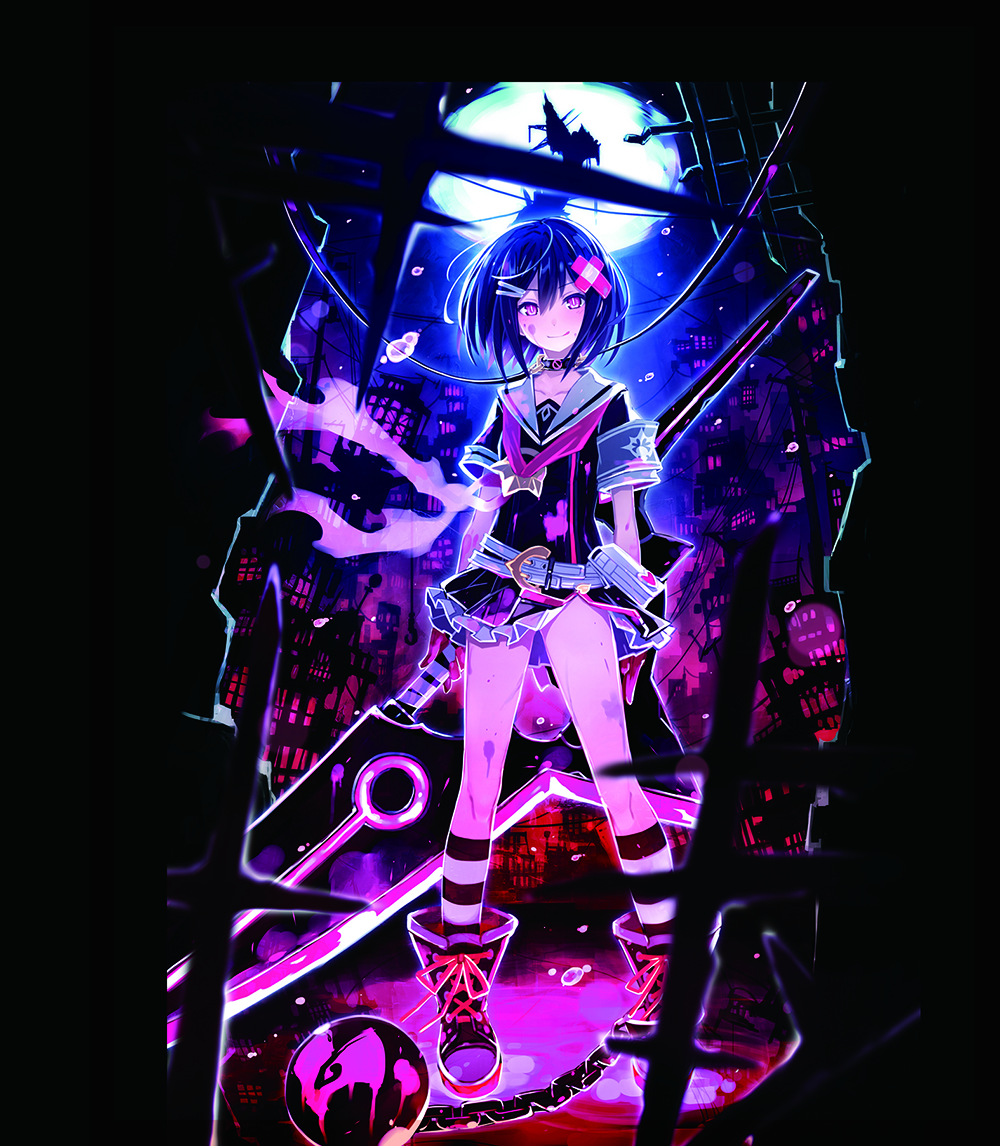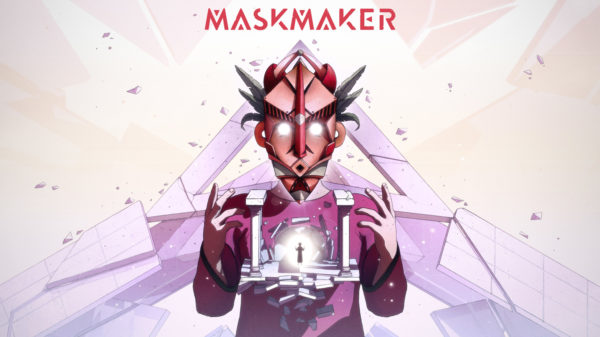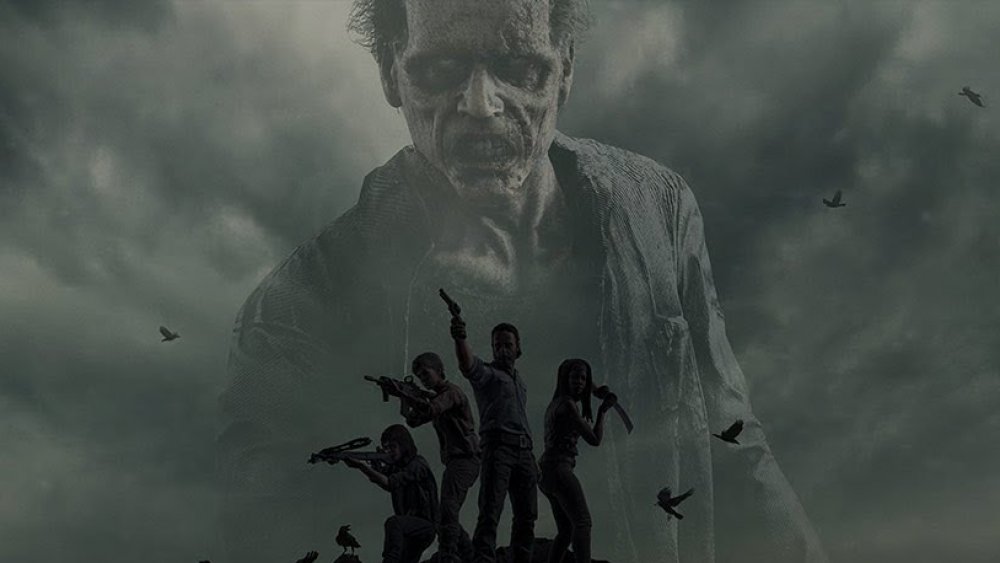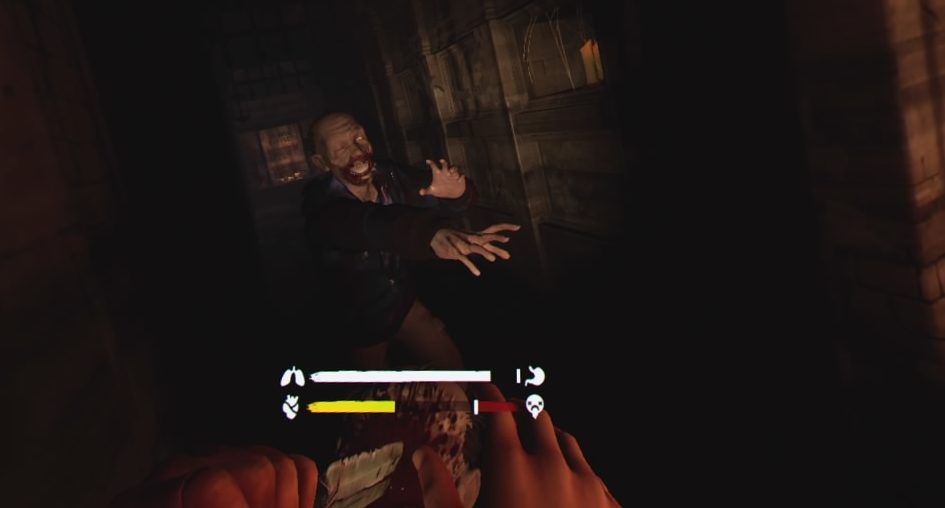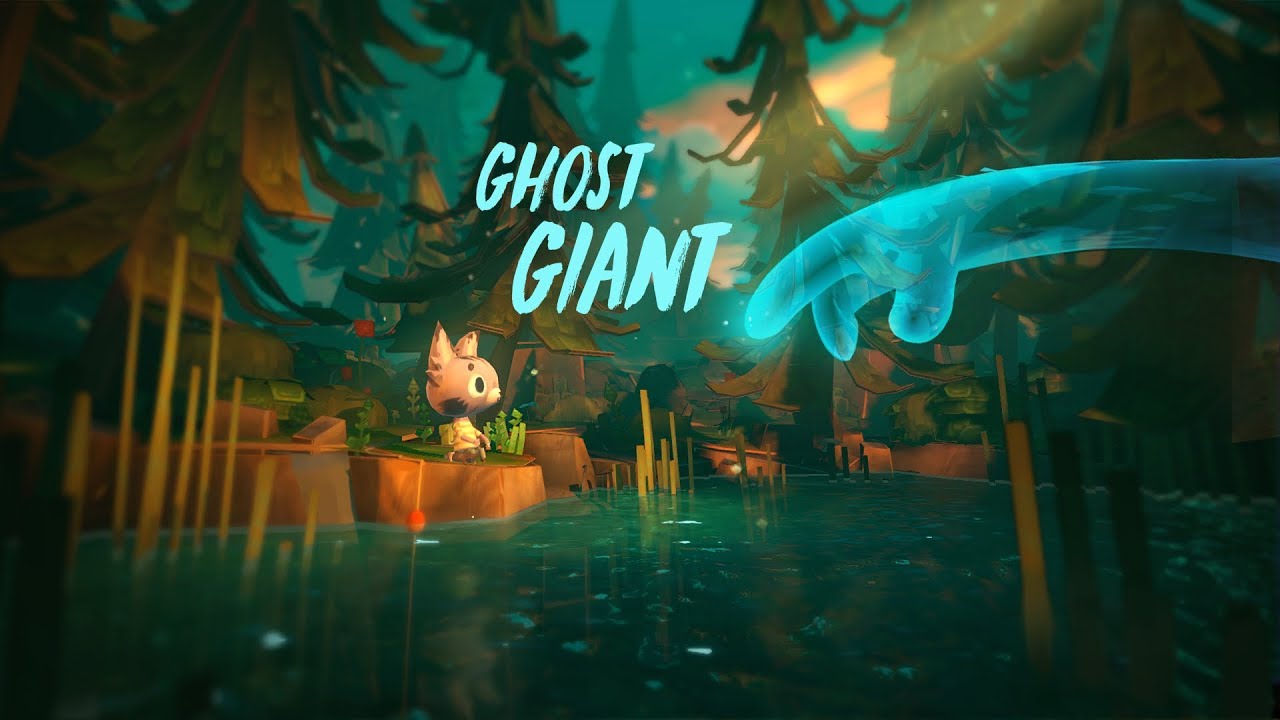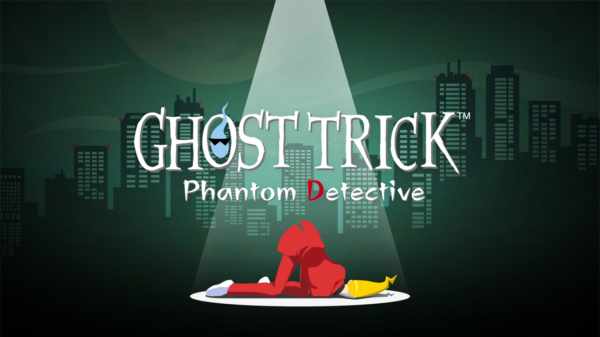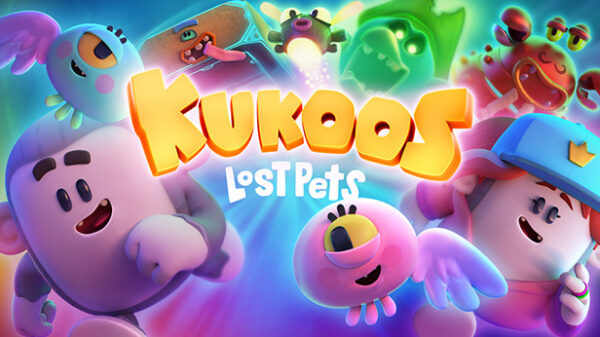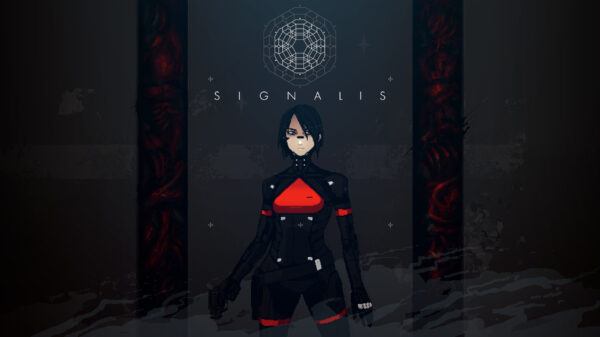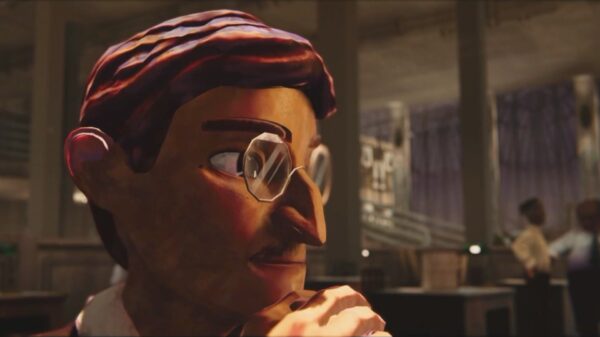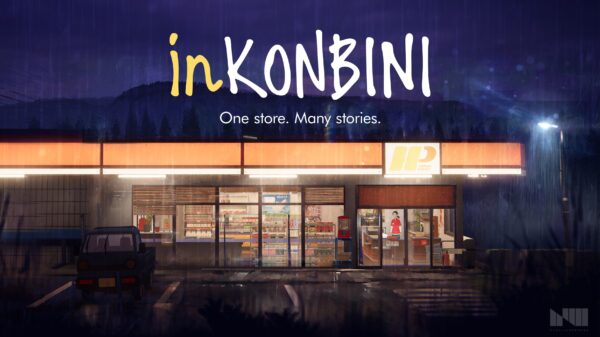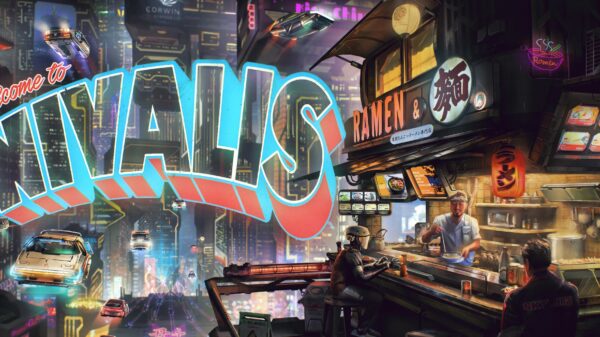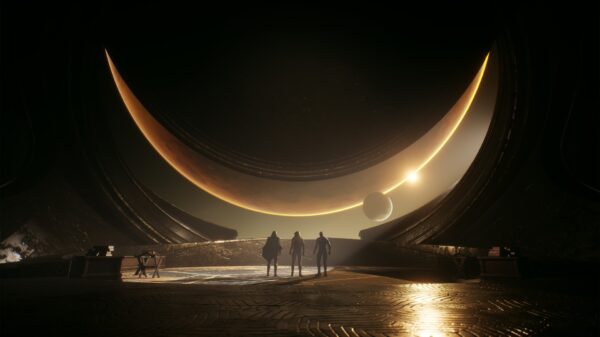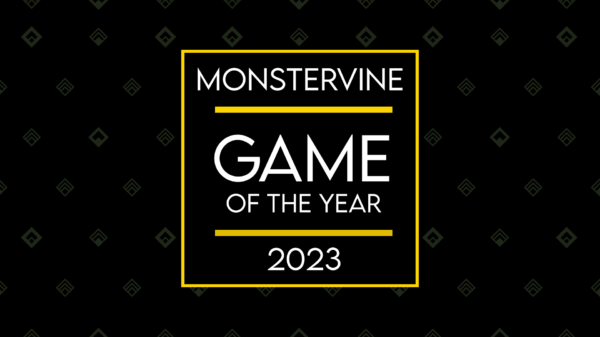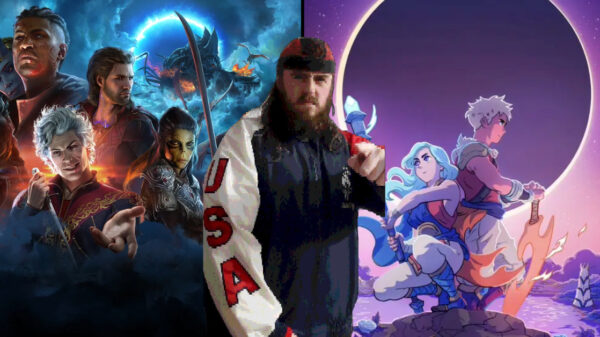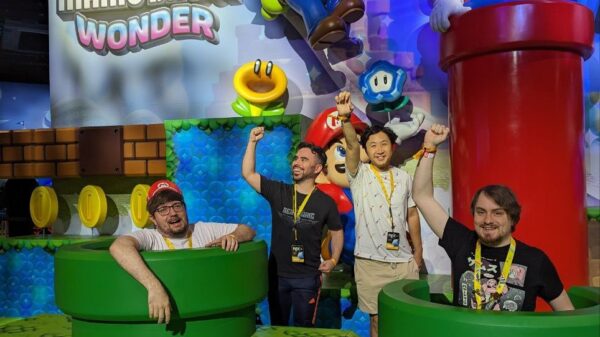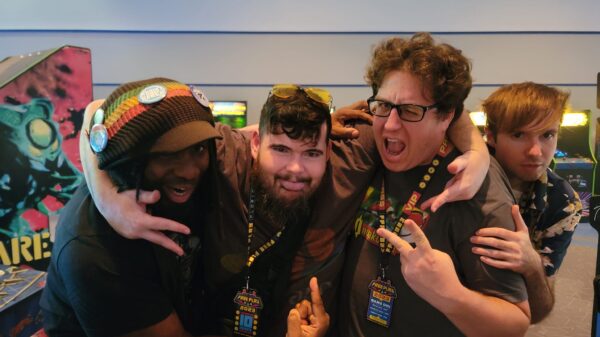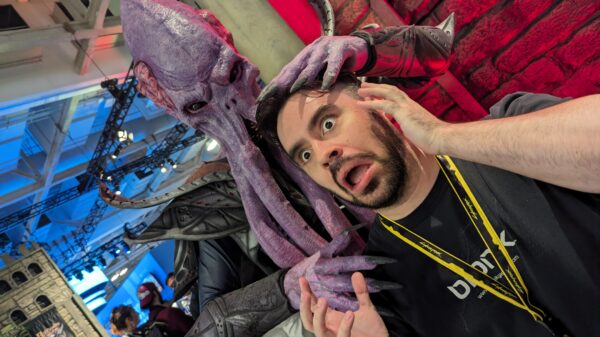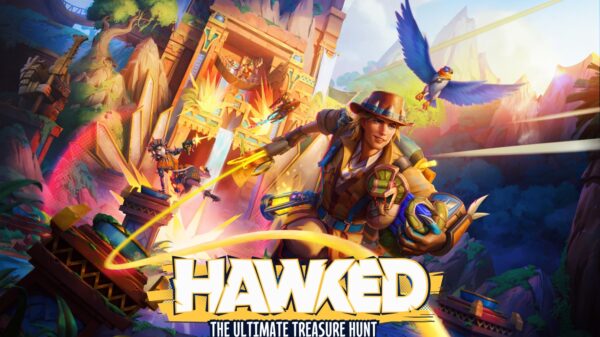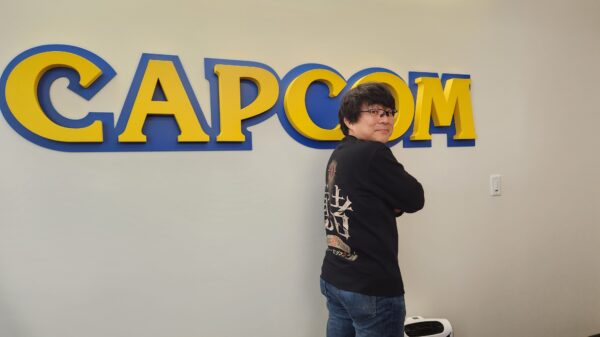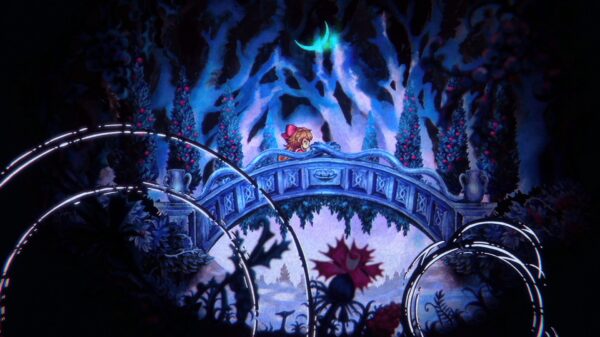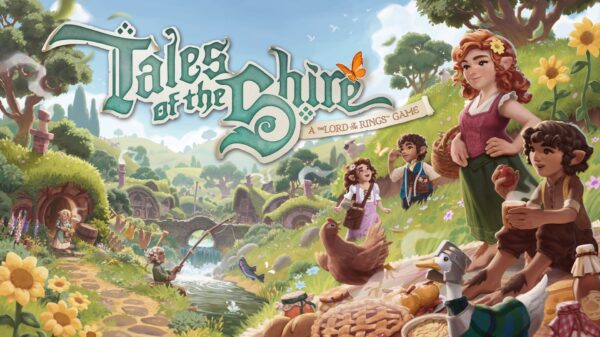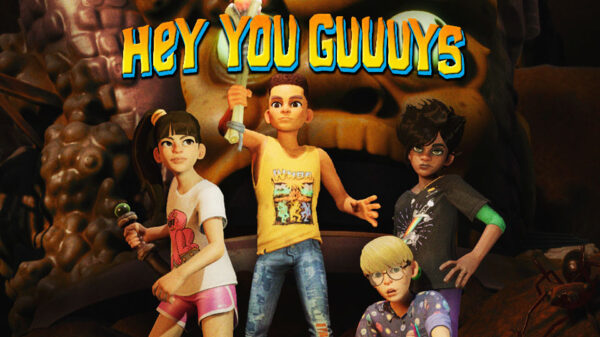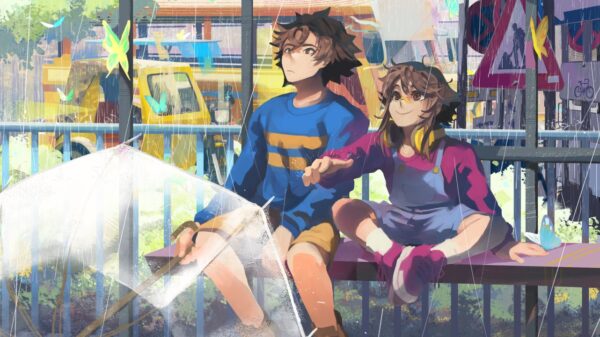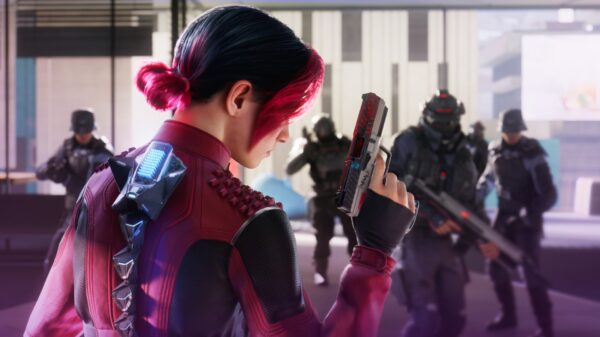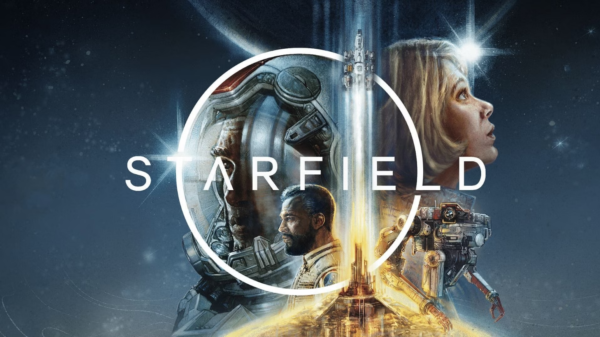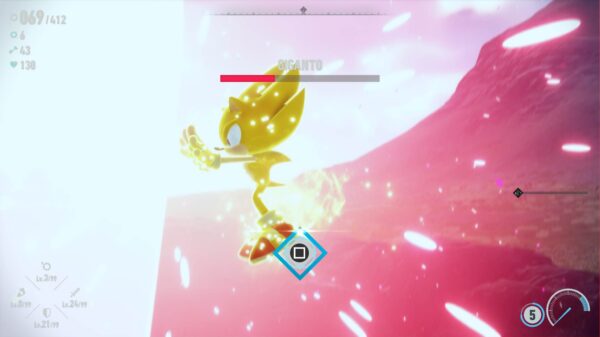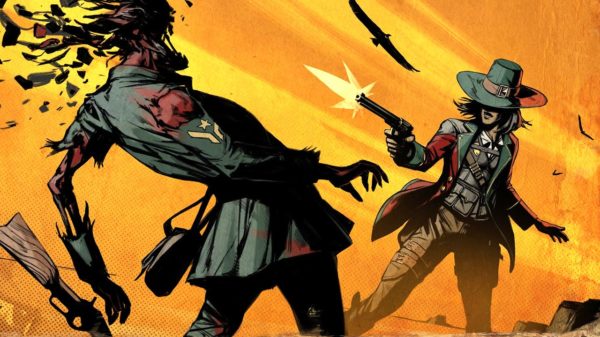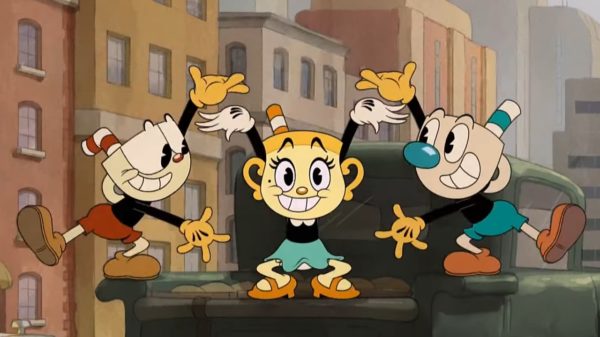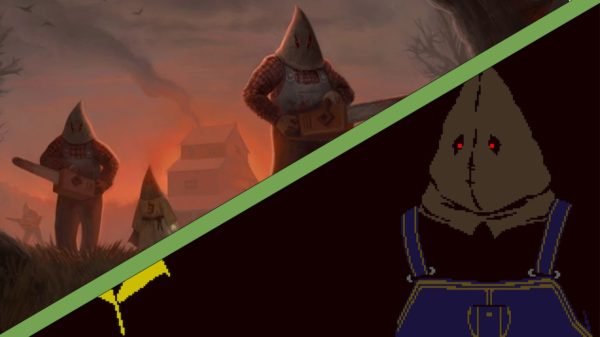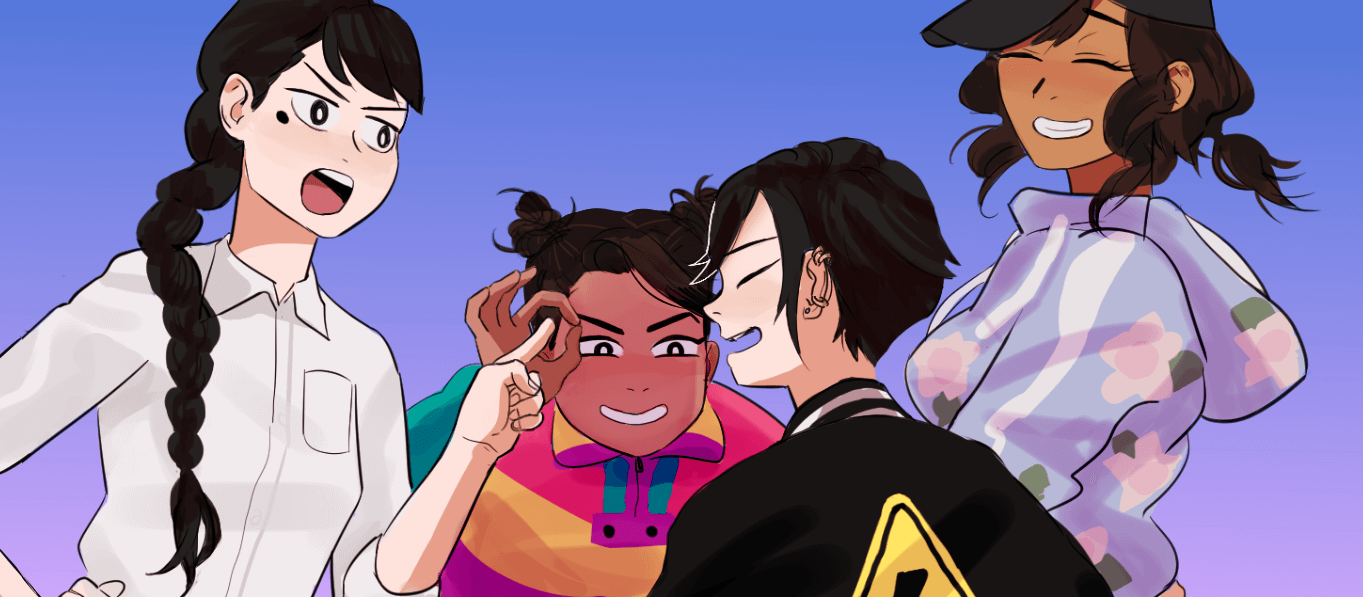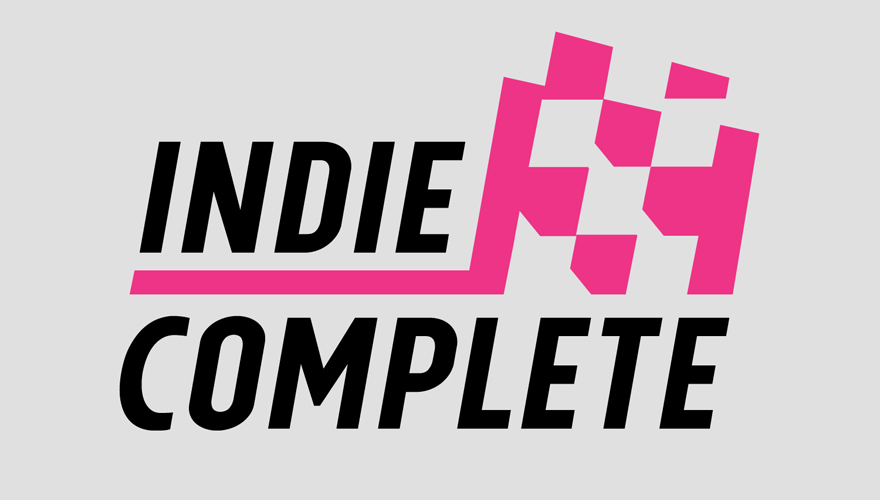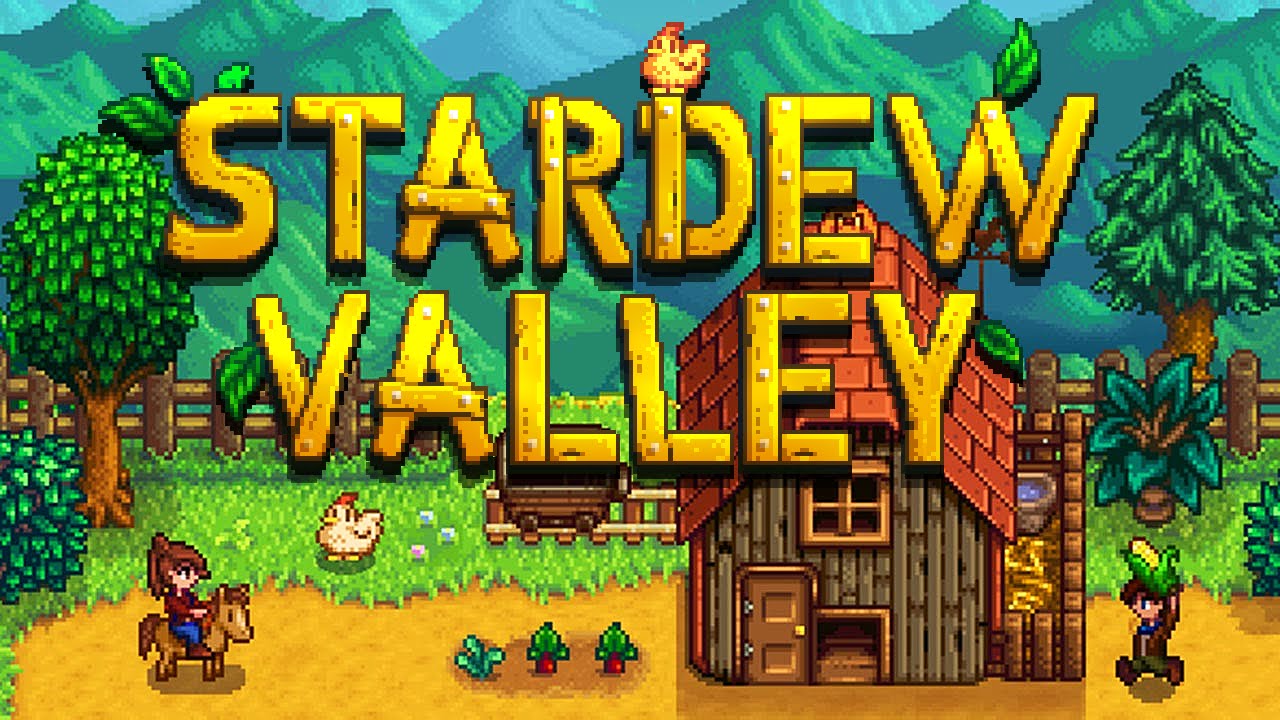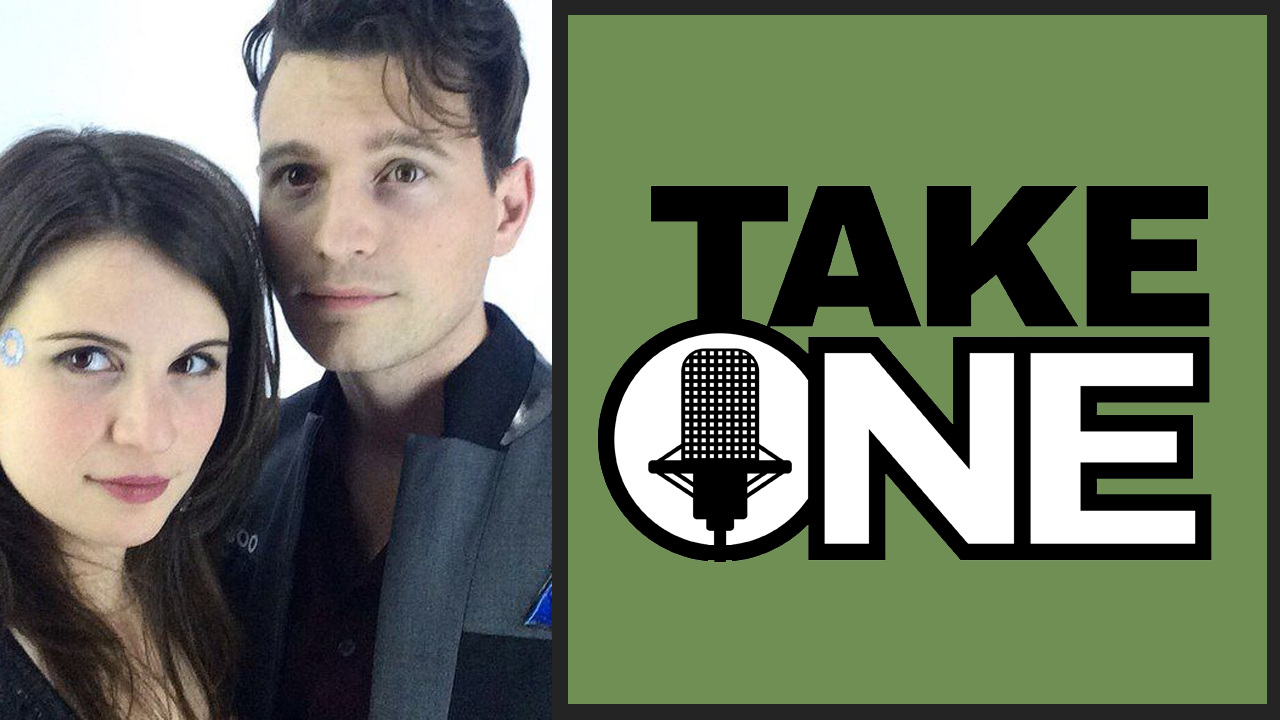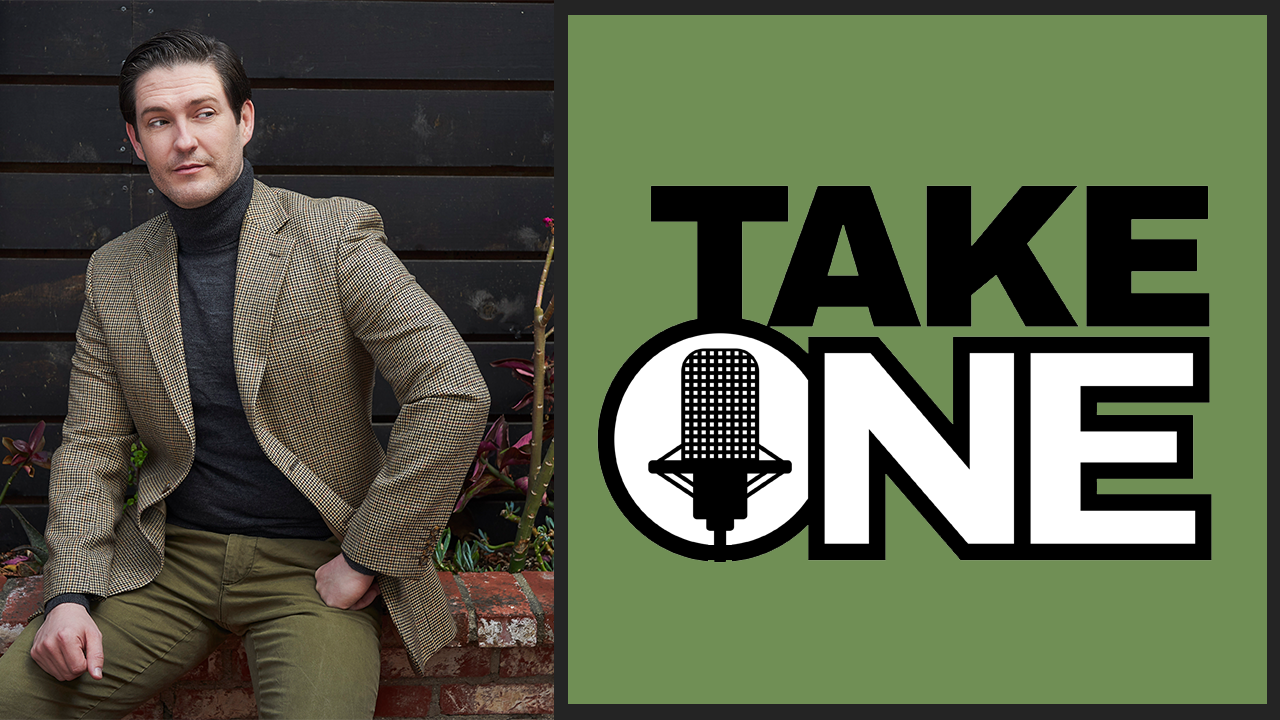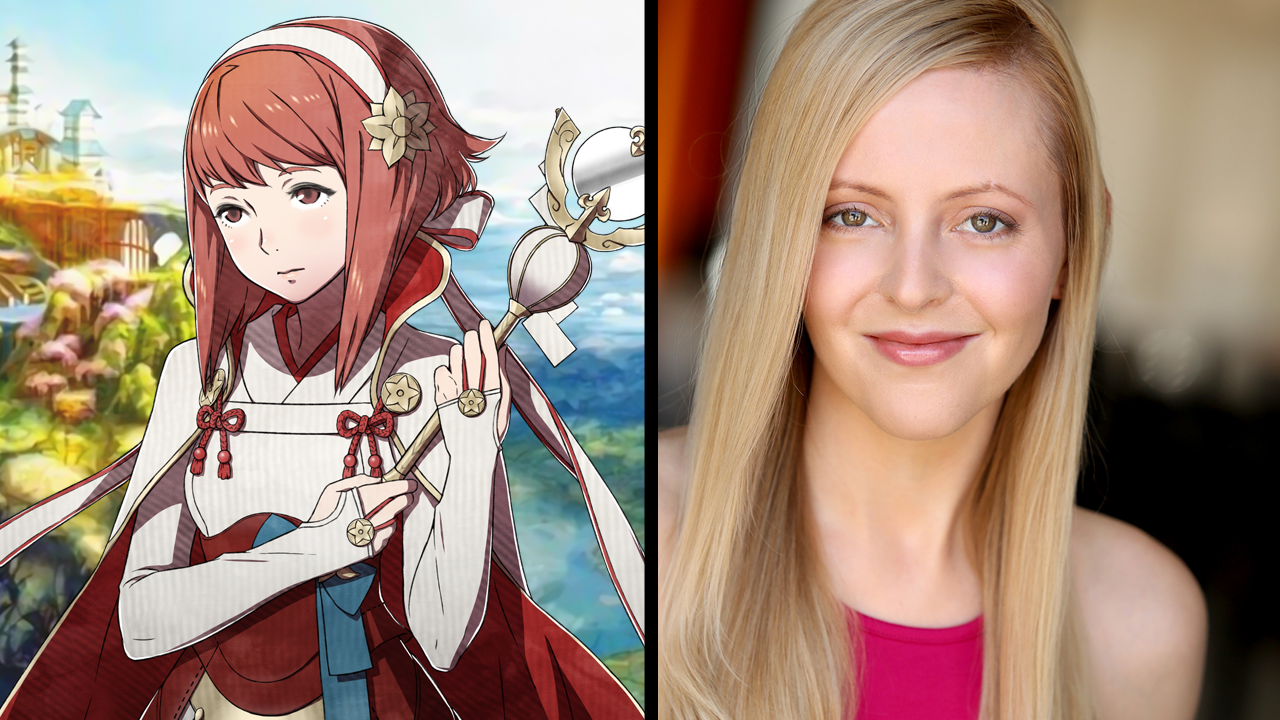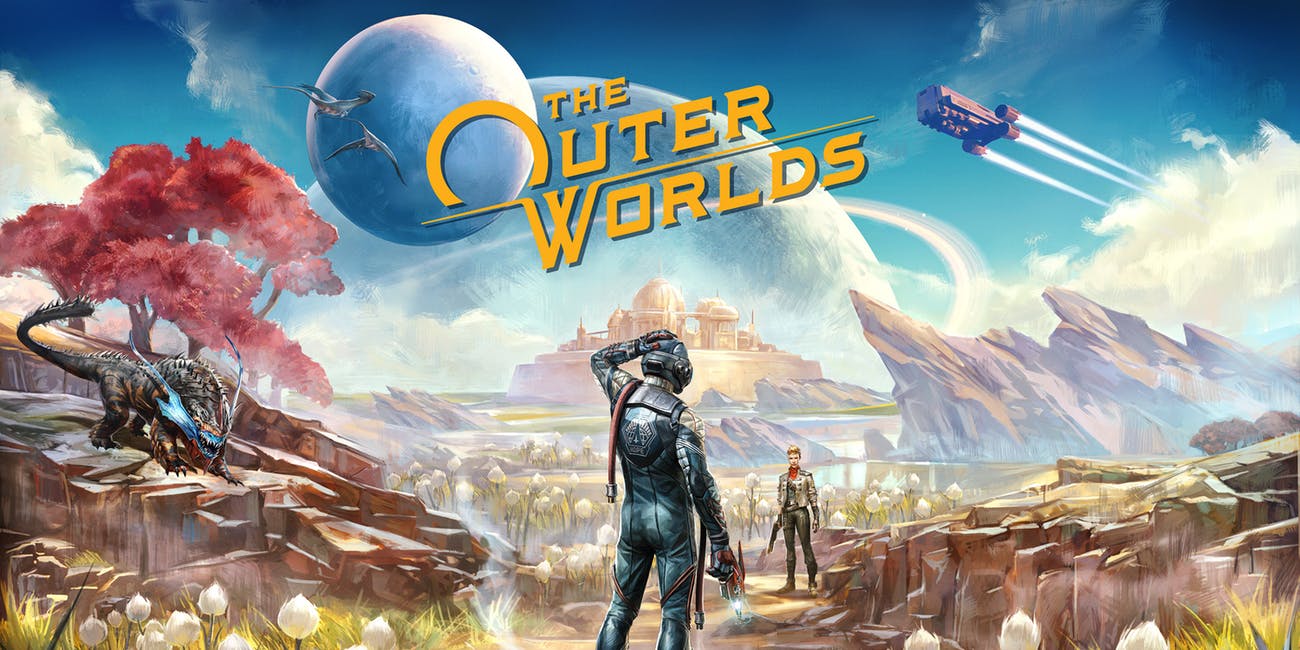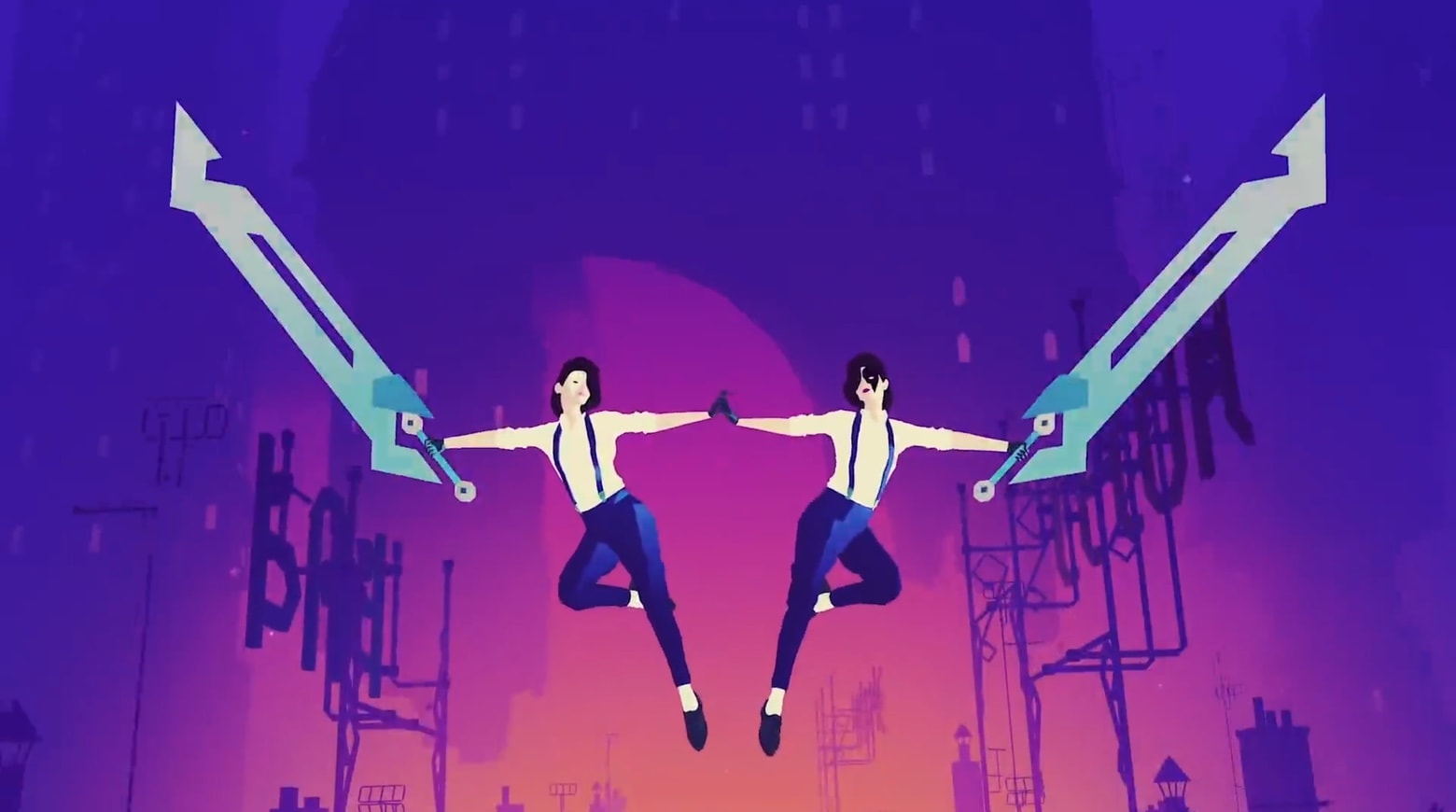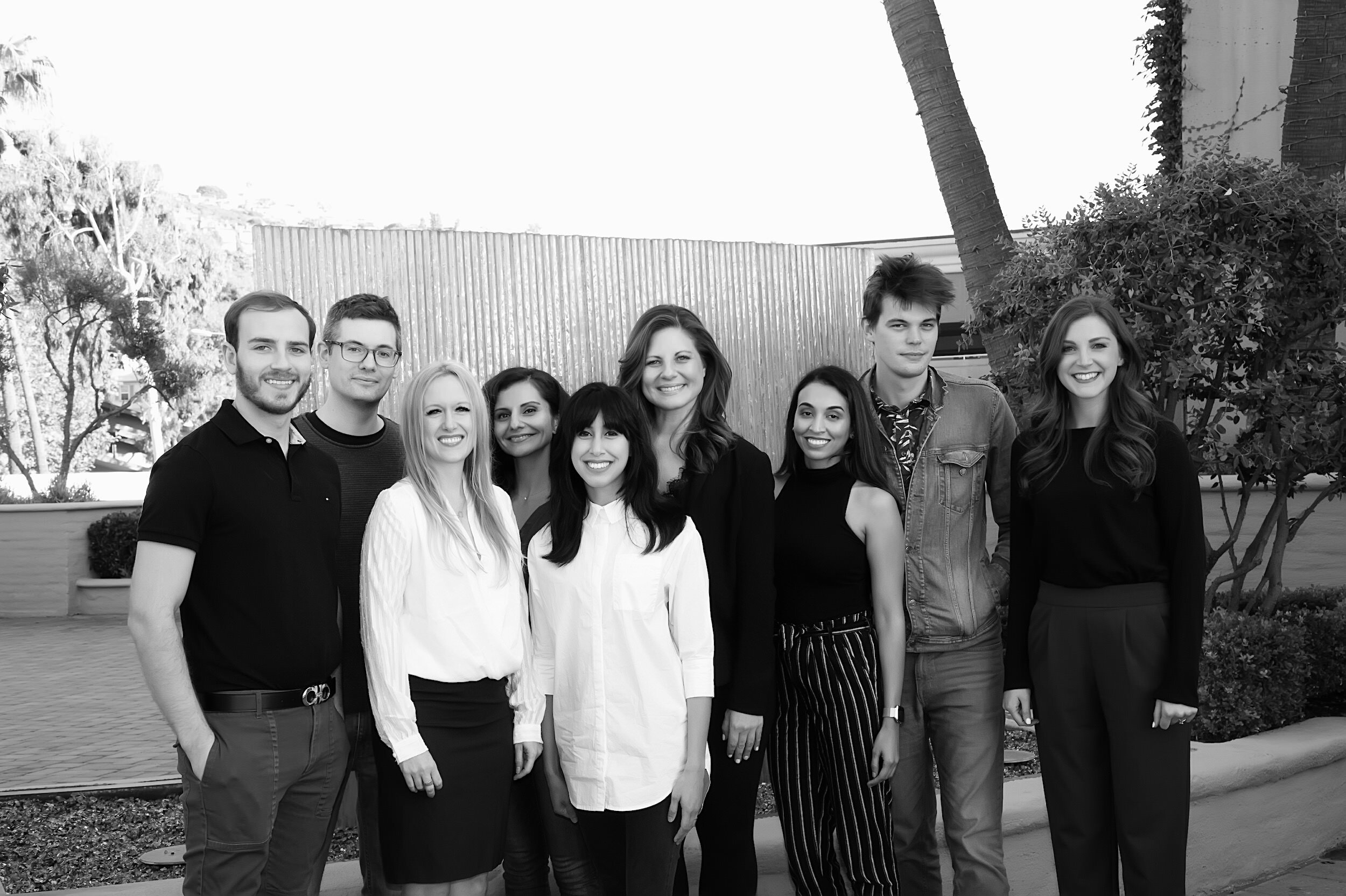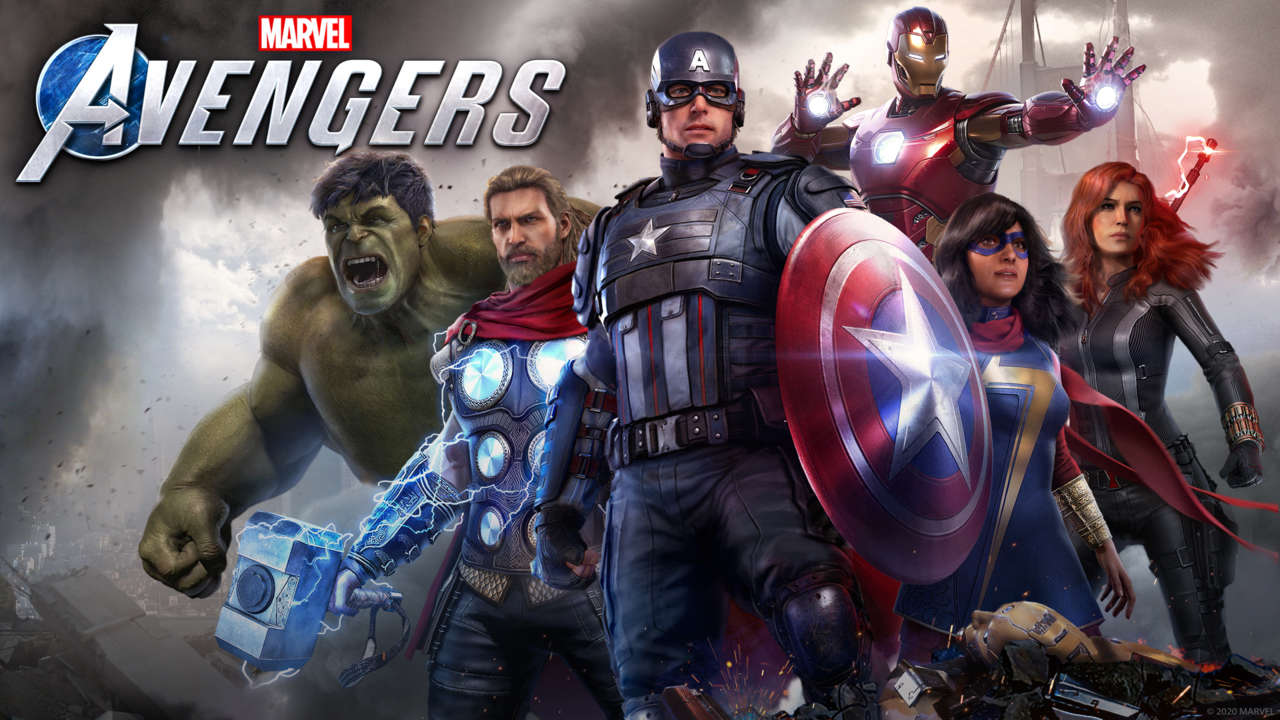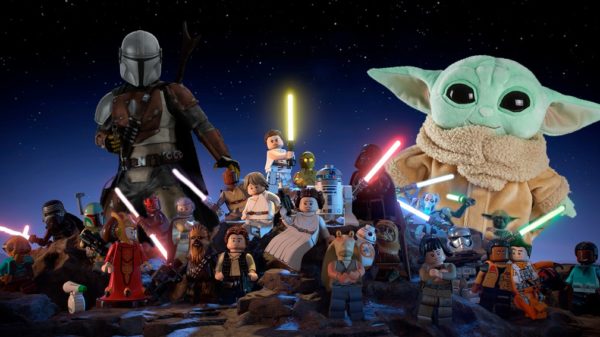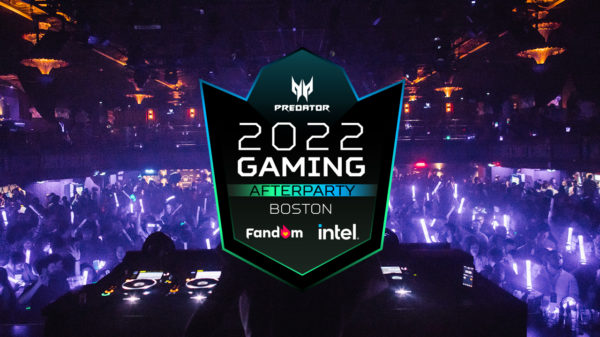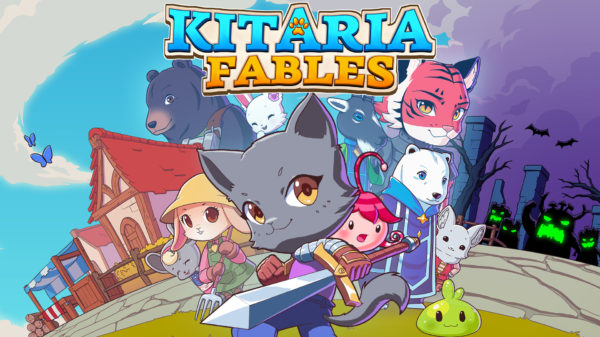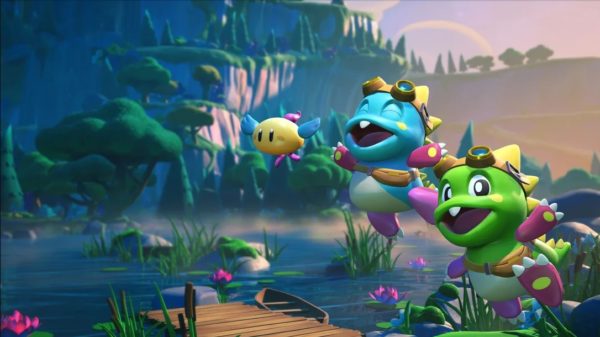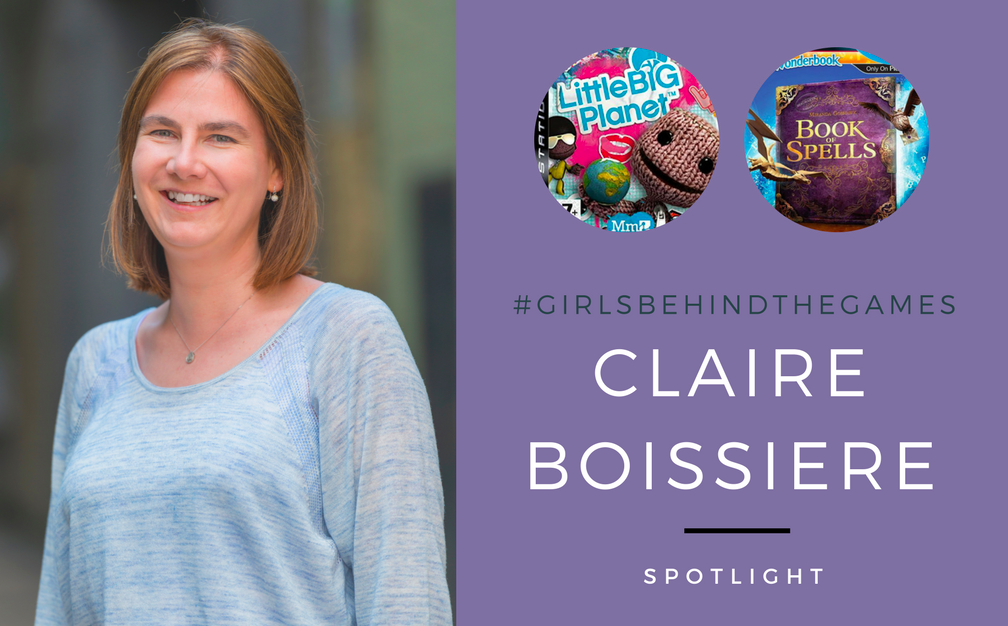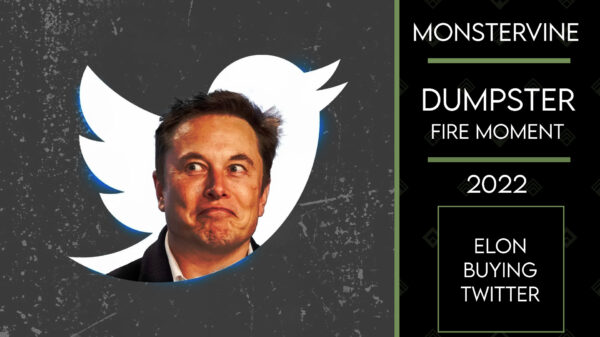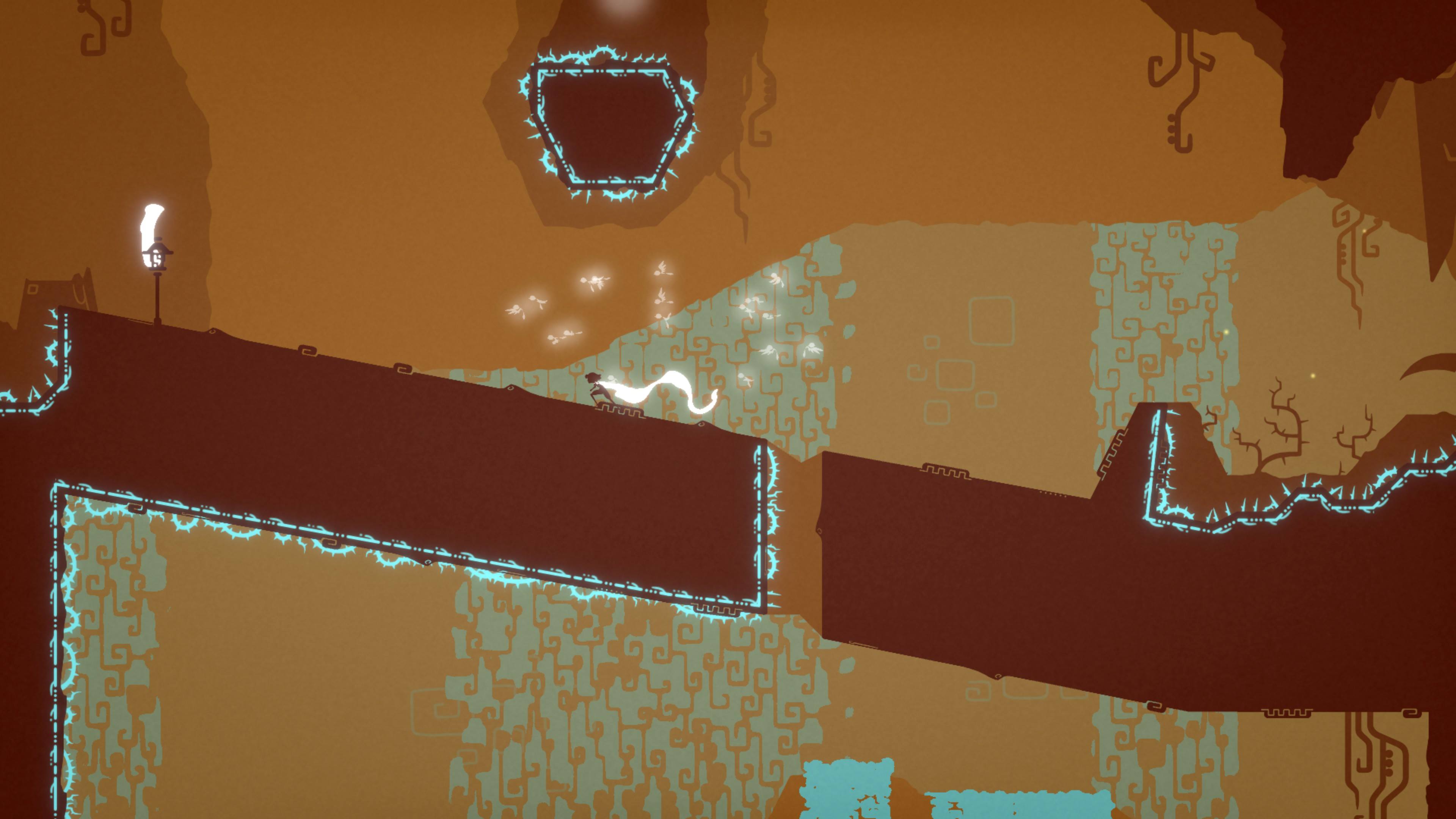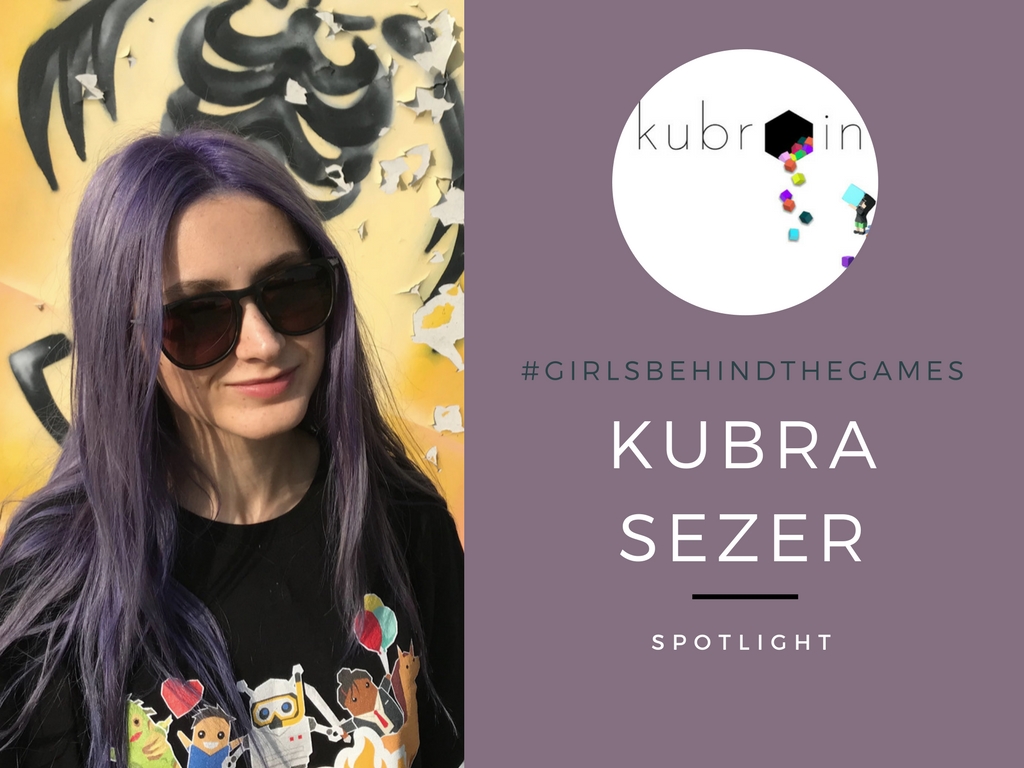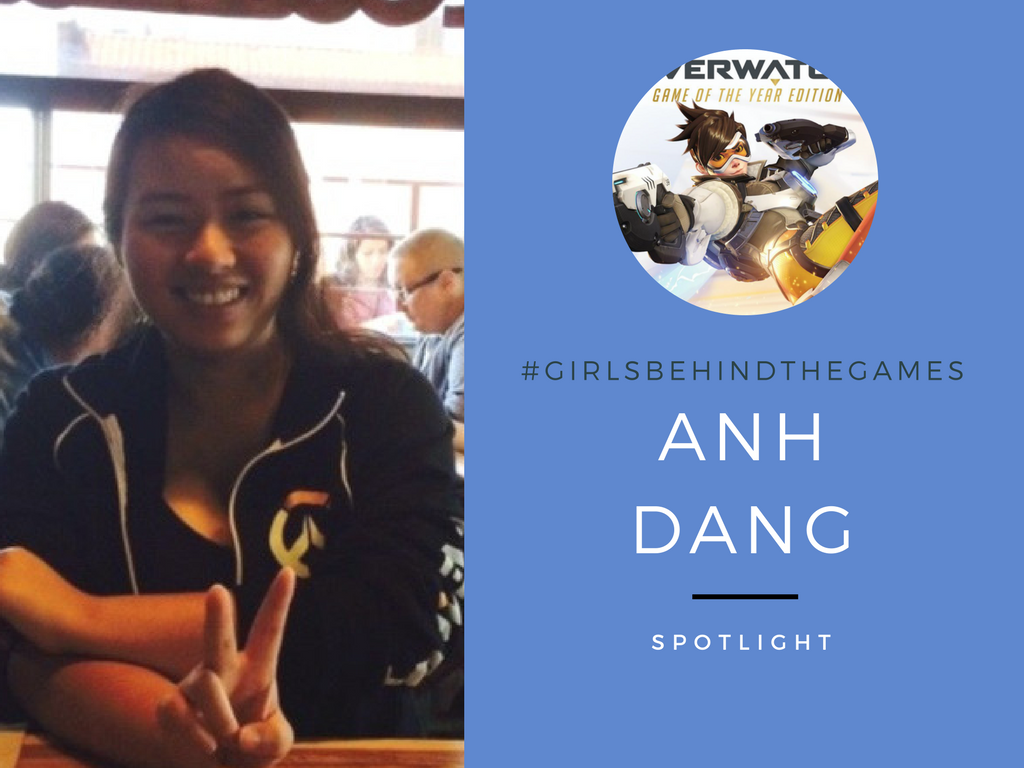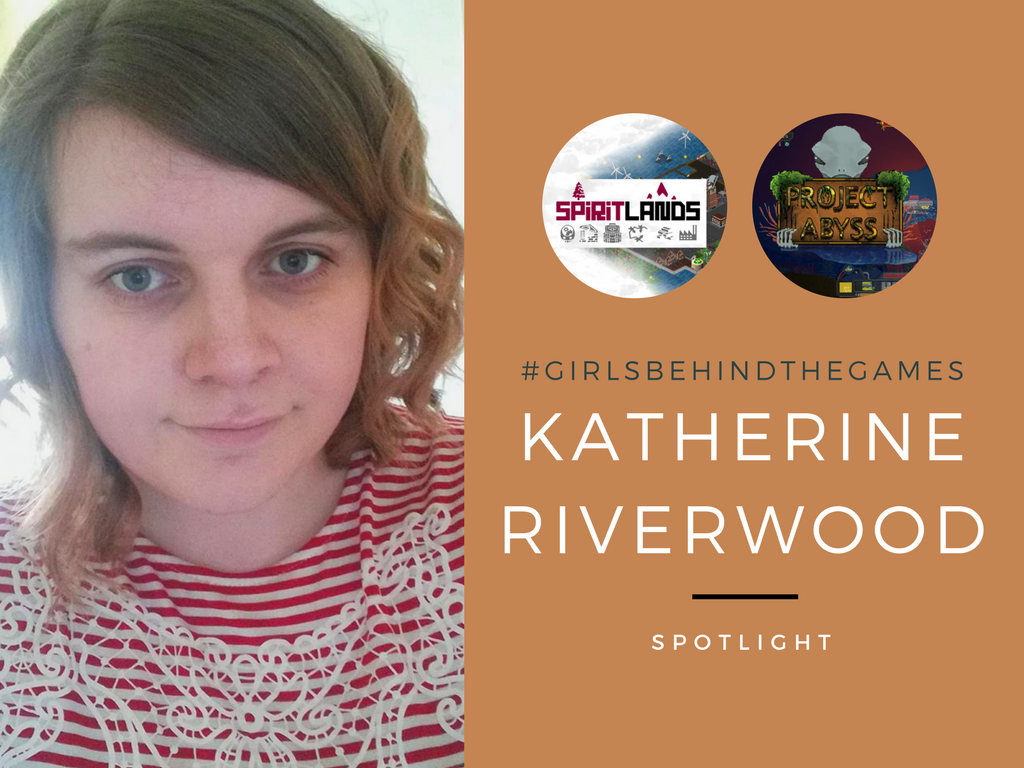Our fourth #GirlsBehindTheGames spotlight is Claire Boissiere! Claire is a game developer from England with 18 years of experience, and has worked on several award-nominated/winning AAA titles—including one that involved working with J.K. Rowling!
Be on the lookout for more #GirlsBehindTheGames spotlights as we approach International Women’s Day on March 8th!
Tell us a little about yourself.
Hello, my name is Claire Boissiere and I’ve been working in the games industry for the past 18 years. It sounds like a long time but for me, it’s flown past. I love the thrill of releasing a creative endeavour onto the general public and waiting to see their feedback. It’s what drives me to overcome the many challenges of game development.
My career started at Kuju Entertainment before I went on to work at Media Molecule and subsequently Sony PlayStation’s London Studio. During my time at these companies I’ve worked on several award-nominated/winning console games for Microsoft, Nintendo and Sony, across multiple gaming platforms. In my time I’ve also contributed to several start-up endeavours and I even spent time at my local council to gain an appreciation for public-sector operations management – it was an eye opener I can tell you.
Outside of games I’ve raised three daughters, completed several open university courses, written a couple of books and managed the renovation of an 1880’s house. It’s not always been easy, and I’ve wanted to quit on more than one occasion. The games industry is a young industry that’s still learning and unfortunately, I’ve encountered my fair share of issues as a result. But I can say things have changed over the years, and more woman in the industry is definitely a positive change. This might sound daft, but I still find myself pleasantly surprised when I discover there is a dedicated female toilet in a games studio because that wasn’t always the case!
How did you get interested in video games? What are some of your favorites?
When I was a child the Atari 2600 console had just been released and the first ever game I played was Space Invaders. It was actually my auntie Doris who passed on a passion for all things technology – although the phrase didn’t exist back in the 70’s, she was an early adopter. I loved going around to her house every Sunday for a roast dinner and the chance to play with the latest record deck, or game.
I became a massive Sonic the Hedgehog fan and Abe’s Odyssey holds a special place in my heart. The recent Cuphead from Studio MDHR Entertainment, released Sep 2017 impressed me for its modern take on an old genre. But it’s fair to say I’m probably a bigger reader than I am a gamer these days, which means I’m naturally drawn to more narrative based games. I think there’s a misconception that you need to have played every game out there to work in the games industry. Sometimes I like to take a “gaming break” so that I can get in touch with my own thoughts about what I’m currently creating, I find it helps me stay fresh and innovative.

Image: Sony Playstation Wonderbook, Book of Potions
Did you always know you wanted to work with games?
No, not at all. The games industry didn’t exist when I was a child, certainly not in the way we perceive it today. We often forget how young the industry is but team-based game development in offices didn’t really take off until the 90’s and I had already embarked on a different career by then.
Those early Atari games were typically created by one or two programmers in their garage and no one talked about making games as a career option. When I was leaving school in the late 80’s, the careers advice for woman was dire. I was steered towards typing and becoming a secretary, which held no interest for me. My passion then was for technical drawing and I think on reflection although it wasn’t a technical career choice in terms of computers (they barely existed then either), it was a conscious decision to not let stereotypes hold me back.
My interest in computers started when the first company I worked for moved from hand drawn technical plans to electronic ones using AutoCAD. It was a revelation for me and I quickly became the office computer expert. In 2000, after a career break to have children I applied for a job that was advertising for a Map Builder. I assumed it would be creating OS maps or similar and felt my AutoCAD skills would be a good fit, so I applied. It turned out to be placing trees for Microsoft Train Simulator at Kuju Entertainment. I’ve worked in the games industry ever since either in design, game direction or production.
What projects are you currently working on?
I embarked on a more entrepreneurial approach to work when I left Sony. I’ve spent the majority of my career focusing on one project at a time but now I’m fortunate enough to be working on several indie projects simultaneously, which I love!
I’m currently developing an innovative AR location-based adventure mobile game where we’re pushing the boundaries of what ARKit and ARCore can accomplish. I’ve been developing AR games since 2009 and I believe the advancements in this type of technology will change the way we interact with the world. I know if my auntie Doris were still alive today, she’d be very proud of me.
I’m also in the process of co-founding a new venture with my games industry partner in crime Russ Harding. He shares my passion for technology combined with storytelling and we’re exploring different ways that we can expose the work of writers to new audiences through innovative apps and interactive story telling experiences.
How long have you been developing Augmented Reality Games?
I joined the games industry in 2000, the same year Hirokazu Kato created ARToolKit, an open source software library that used video tracking to overlay computer graphics on a video camera. Soon after, AR games started to emerge, but they were experimental and niche. Fast forward ten years or so and the console games market did their own experimenting with AR when Sony and Microsoft pitted PlayStation Eye Camera against Kinect. Part of this battle were three titles that I worked on at PlayStation starting with EyePet Move Edition in 2010 and Wonderbook Book of Spells in 2012 and Wonderbook Book of Potions in 2013. Fast forward another eight years and PokemonGo is now part of the public consciousness. Even though I’d argue it’s not a true AR game, as it can be played entirely with the AR component switched off. But it has achieved something for AR gaming that nothing before it ever managed – it raised the profile of Augmented Reality technology with the mobile mass market.
Apple and Google are now investing heavily in their AR platforms, ARKit and ARCore respectively as if they were Sony and Microsoft back in the day because they understand that smart phones are now as powerful as consoles were a few years ago. There are still challenges surrounding AR development but having a creative history in console AR development does make those challenges easier to overcome.

Image: Sony Playstation Wonderbook, Book of Spells
What’s it like moving from AAA console development to mobile development?
I thought the differences would be more extreme than I’ve actually experienced. I think both industries get a bad rap but for different reasons. People tend to think that if you’ve come from AAA development then you’ve been spoilt with massive budgets and team sizes and that if you need more money, people, computers, software etc. you click your fingers and it materialises. I think that’s an incorrect stereotype.
At Sony PlayStation’s London Studio every project went through a difficult “start-up” phase to get it off the ground followed by milestones that had to be hit within tightly defined resource/budget constraints. These days mobile games are as demanding as previous gen console games and no matter which platform you’re developing for you still have all the challenges of nurturing a group of individuals and steering them through various teething problems until they can meet the complex demands of game development from inception through to final release as a team. The issues are the same for all game developer’s AAA or mobile.
What do you like doing?
I’m good at bridging the gap between tech, creative and business because I can drill down into the details, whilst retaining a high-level vision. I’m a story telling creative at heart and I’m a prolific idea generator be it a new fiction story, a game feature or a solution to problem.
I’m also a leader, but I’m pragmatic enough to know leadership isn’t about being an autocrat who leads from the front, it’s about assembling and nurturing strong self-empowered teams to overcome the many challenges of games development. It’s about allowing individuals to shine within the collaborative framework of a team and knowing exactly when to stay hands off vs offering your insights. It’s about giving them space to experiment and fail fast so that they can ultimately learn and deliver upon the vision for themselves, which is especially critical if you’re working on something cutting edge.
Over the years not everyone has appreciated this approach as it often appears chaotic and wasteful in the “start-up” phase but I do appreciate this kind of development approach isn’t for the feint hearted. It takes courage and hard work to not just slavishly follow the prevailing “development methodology” of the day and to apply just the right process at just the right time in response to the project’s shifting needs whilst simultaneously allowing the team to bond and grow. But I have enough experience now to know that the end results outweigh any perceived negatives.
I love enabling teams to become more than the sum of their individuals by defining (coming up with ideas) for the technical, creative and business strategy around a game to support and drive them forward. I perceive everything as a story, which gives me a unique perspective and enables me to conceive how every aspect of a game from tech prototypes to game features, to marketing, will fit together but this doesn’t necessarily conform to one existing pre-defined role. I’m fine with that though, I don’t like conforming to stereotypes.
What past projects are you most proud of?
That’s a tough question – all of them but a highlight would have to be working with J. K. Rowling on Sony PlayStations BAFTA nominated Wonderbook Book of Spells and its sequel Book of Potions. As part of Sony’s collaboration on Pottermore I led the creative relationship with J. K. Rowling on Wonderbook, which combined two of my passions – innovative technology and storytelling. We pushed the boundaries of AR at the time (2012) and created a magical spell book – we had dragons bursting off the page and flying around your living room!
I’ll never forget the meeting where I had to personally schedule J. K. Rowling to ensure the writing she was contributing fitted with our release dates, nor the day I received the first draft of the new stories she had written for us. I was something like the third person in the world to read them, which was definitely a thrill!
I’m also proud of my time working on Little Big Planet. It’s always an honour to be part of a team when a new IP (Intellectual Property) is brought to life and Sackboy certainly captivated the hearts of players around the world. This crafty platformer succeeded on two levels, it was fun to play, and it was also fun to craft your own levels with the inbuilt tools and share them online to the massive community that spawned around the game.

Image: Media Molecule, Little Big Planet
What’s that one (career) goal you continue to chase?
It’s all about the creative endeavour for me. Overall, I’ve gravitated towards creating games that focus on innovative technologies, storytelling and enabling players to be social and I’ve reached a point where going forwards, these are the areas I want to focus on. So, if I had to call out a goal I was still continuing to chase it would be a creative endeavour that combined these three areas and received critical acclaim upon release. I love bringing ideas to life and I feel like my best work still lies ahead of me.
I’d like to collaborate widely on such a creative endeavour where several specialists from within the games industry and/or outside (authors/actors/musicians etc.) come together to create something truly awe inspiring.
What advice would you give to women who want to work in the game industry?
Don’t let anybody make you feel like you don’t belong. You might meet with a lot of naivety and some outright bigotry, but the same can be said of many workplaces. We can only change things by showing up and being awesome.
Have a vision for what you believe in and even if you can’t realise it through your day job, keep plugging away at it at every opportunity. Connect with others, inside and outside the industry and don’t be afraid to share your vision because opportunities can come from anywhere and usually when you least expect it.
Never give up, especially during difficult times, acknowledge that they won’t last, and more good times are just around the next corner. Work hard and covet the skills that are needed for you to follow your passions. And above all, be patient. It may take a while for your dreams to come true.
Is there anything else you’d like to say?
If you share my passion to embark on a widely collaborative creative endeavour involving technical innovation and story telling that encourages people to be social then definitely get in touch on Twitter (@EABoissiere) or LinkedIn. I’m also happy to connect with anyone who is seeking a bit of strategic/creative consulting to help being their own ideas to life.
Finally, I’d like to put a shout out to all the amazing #GirlsBehindTheGames that have come forward as part of this campaign. It’s been great to connect with so many of you and I look forward to seeing many more of your dreams coming true.

